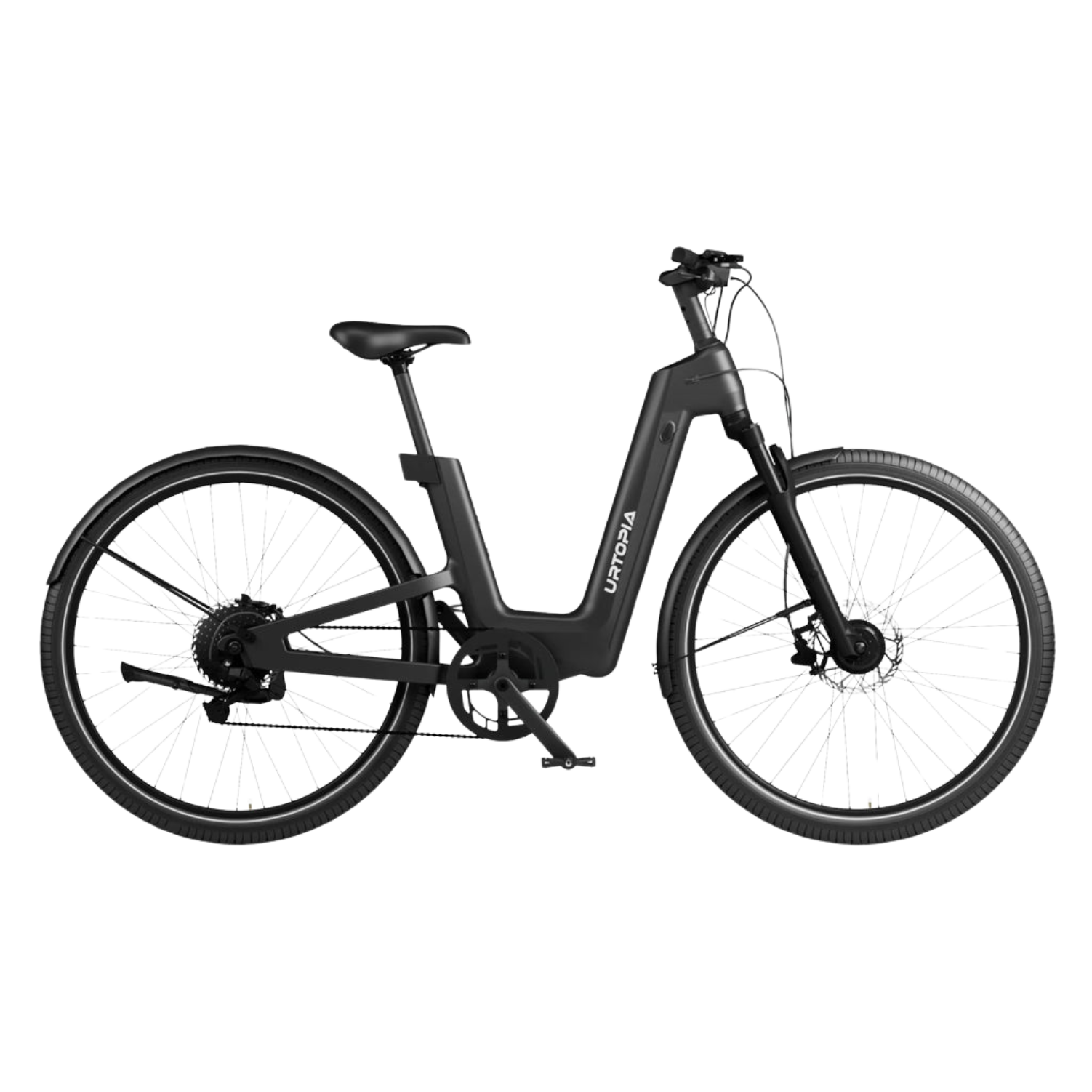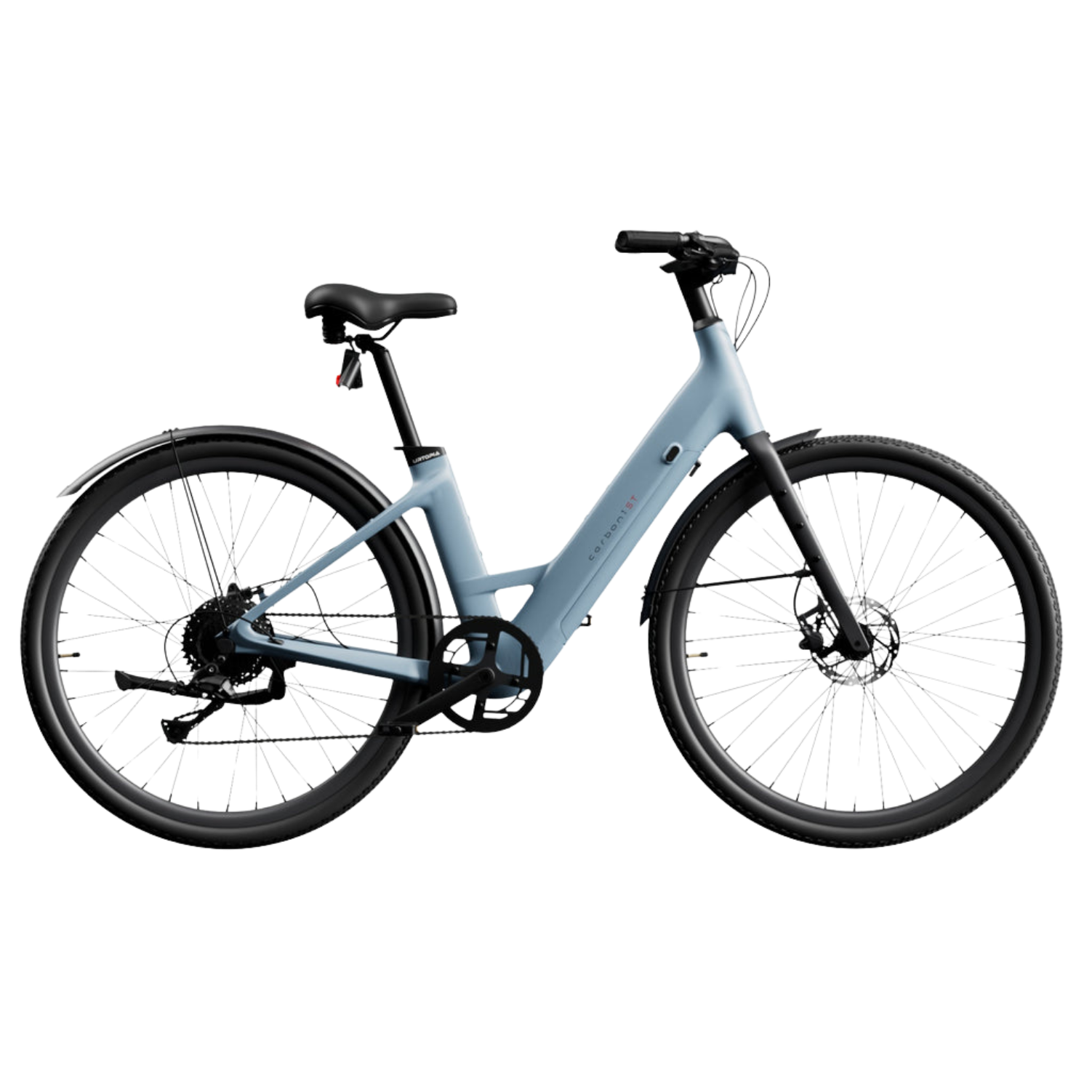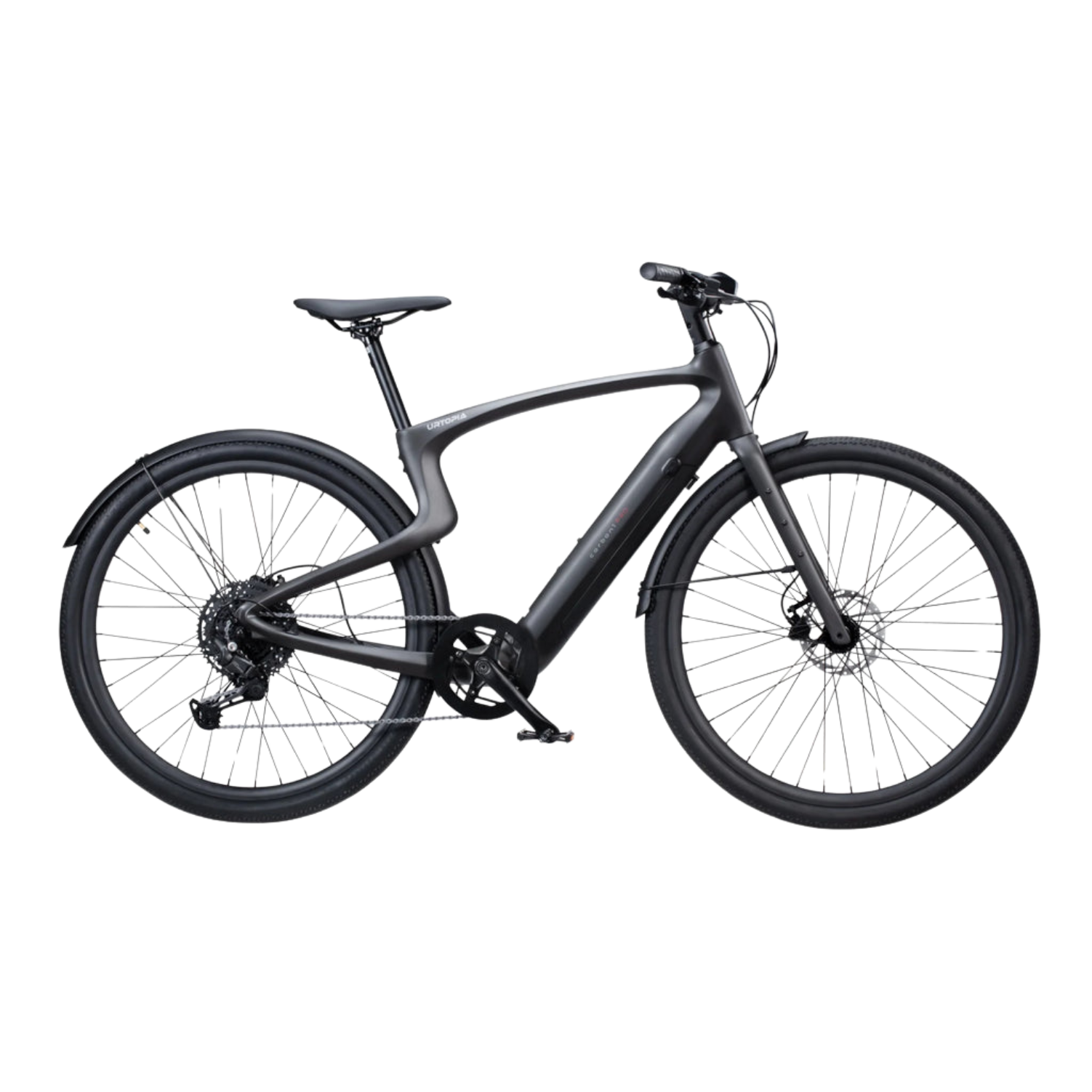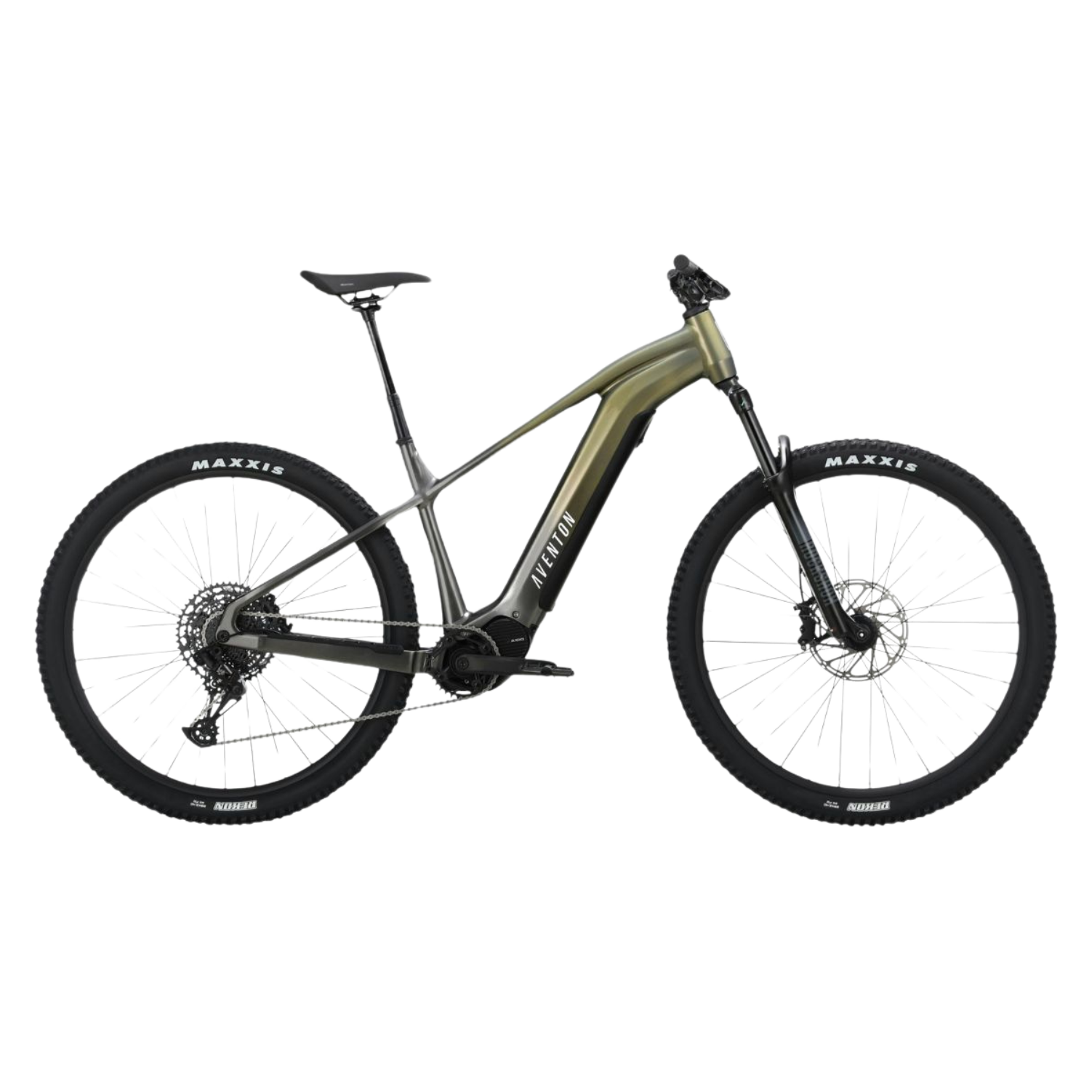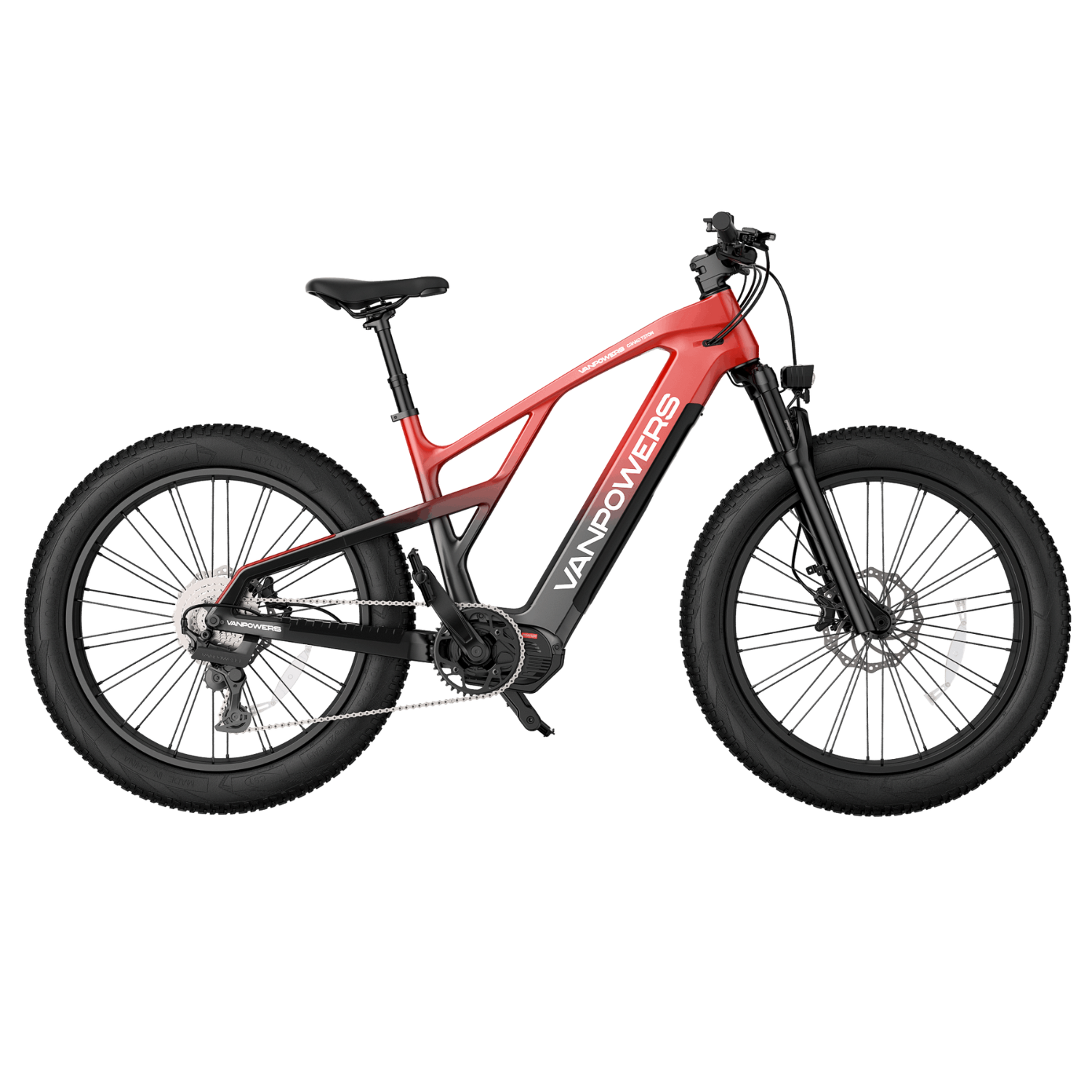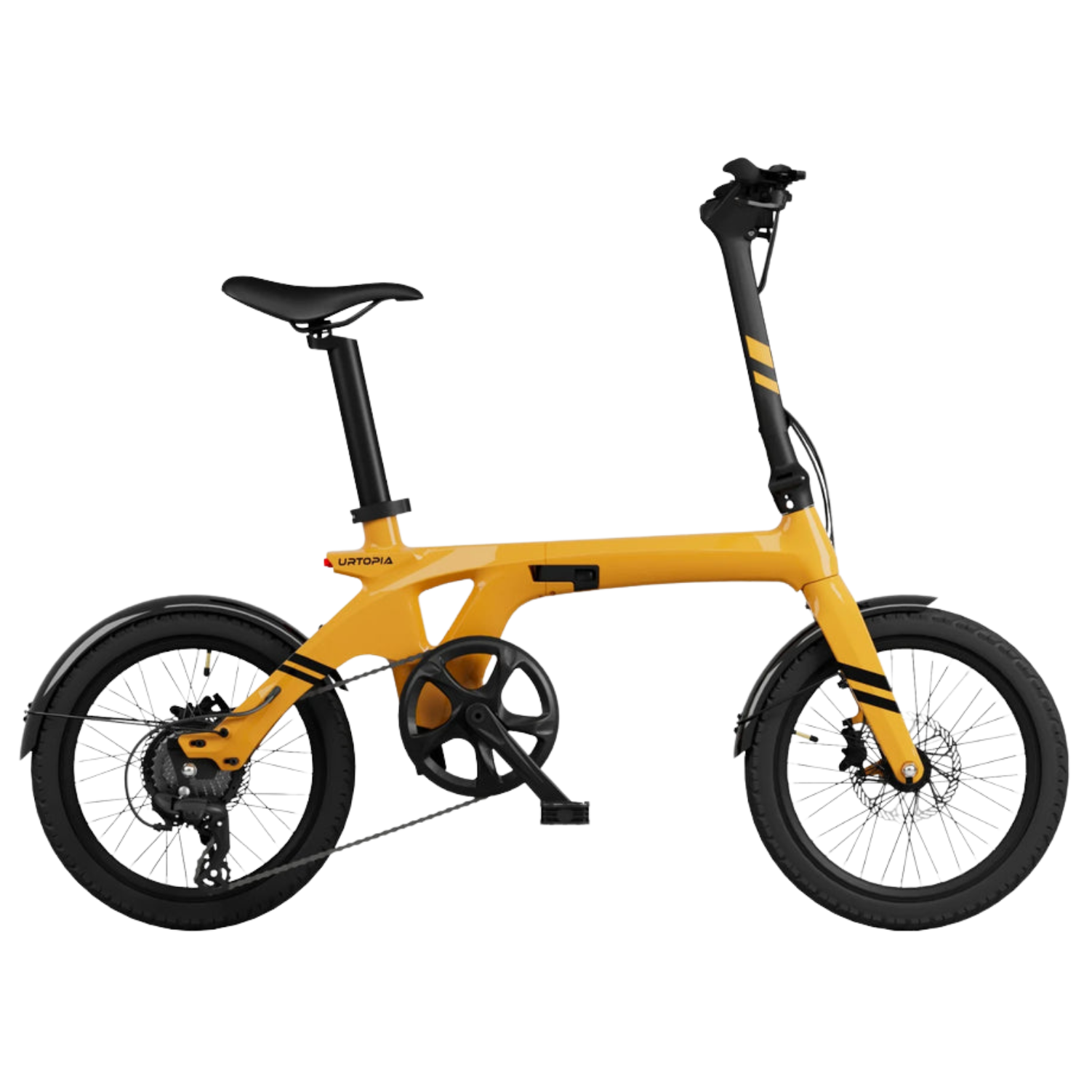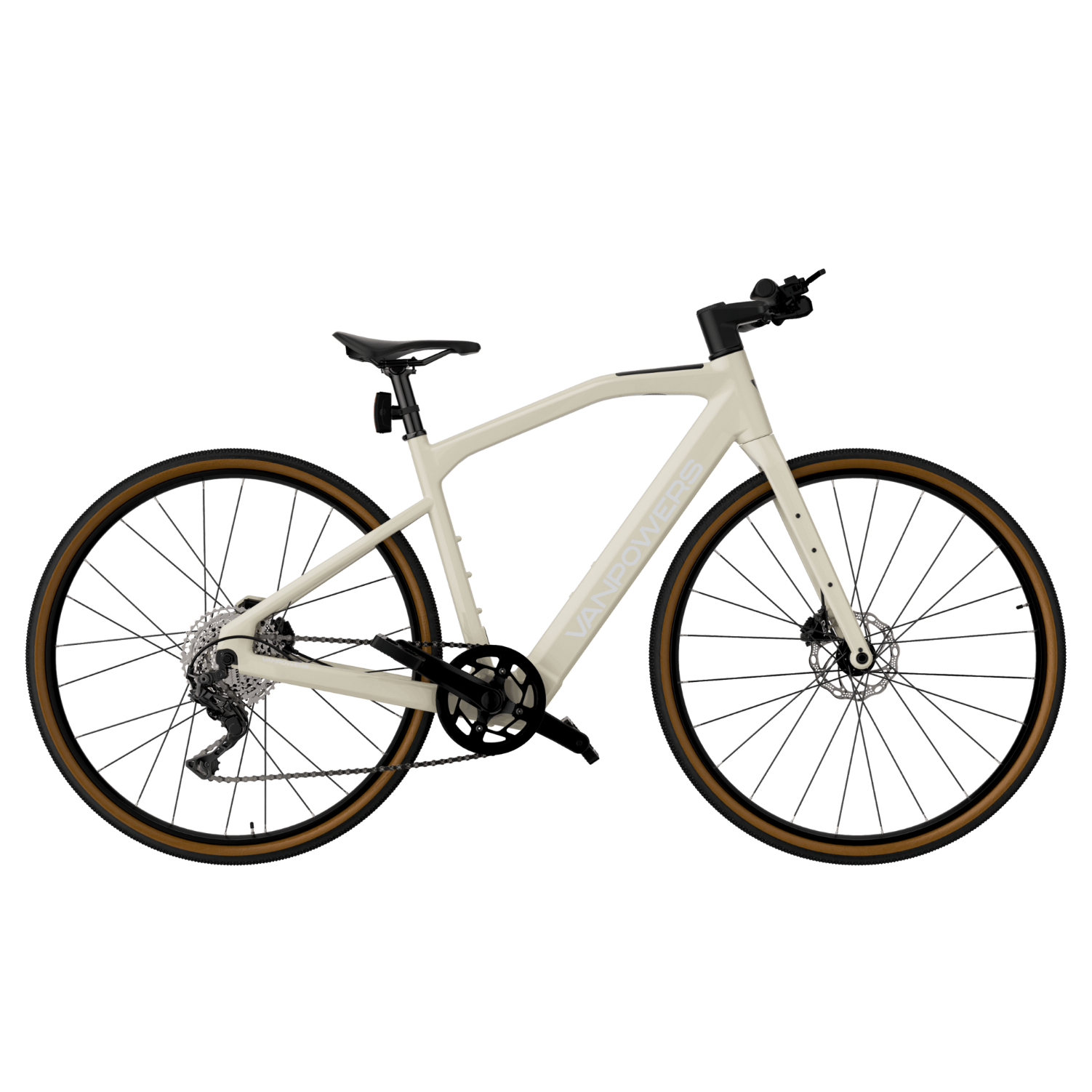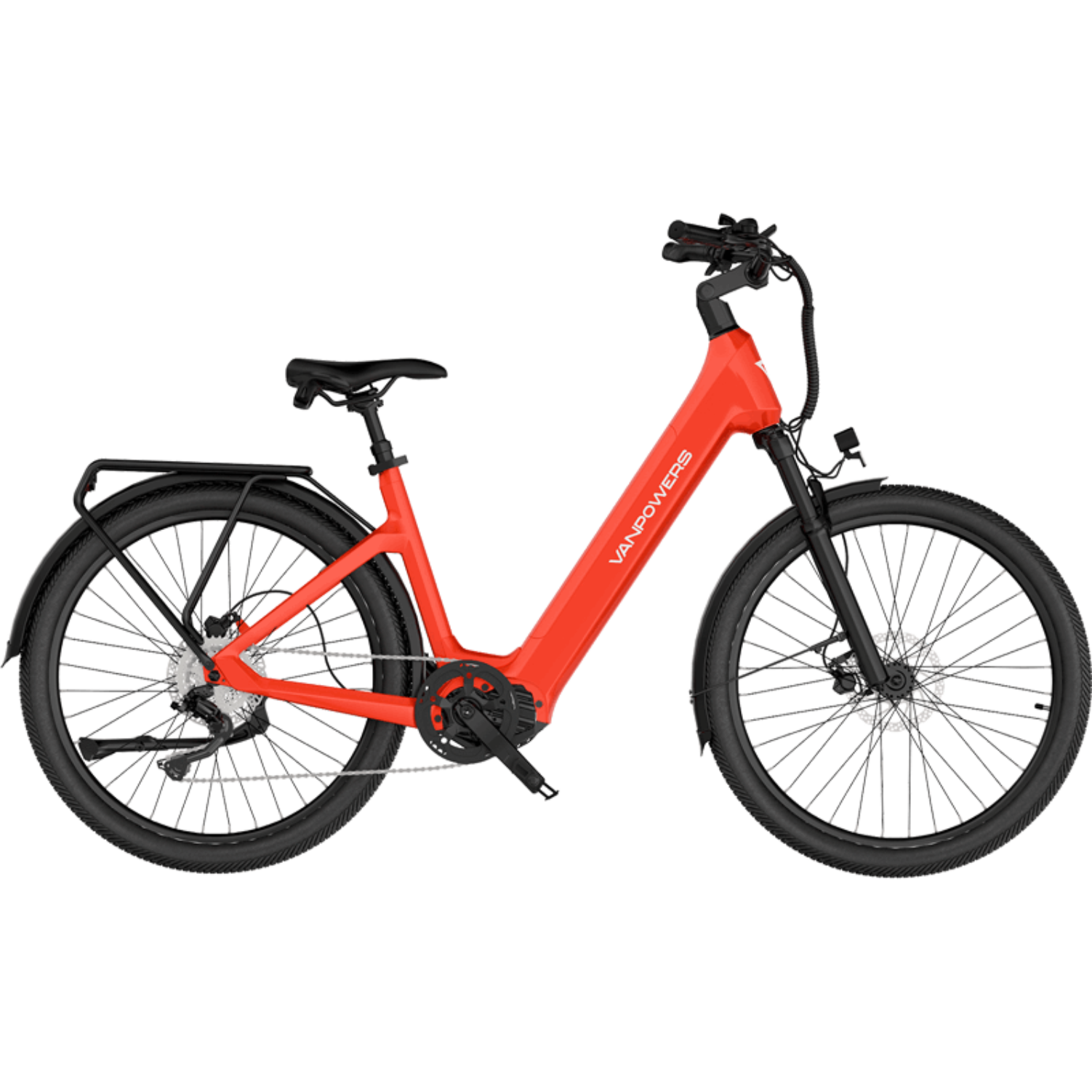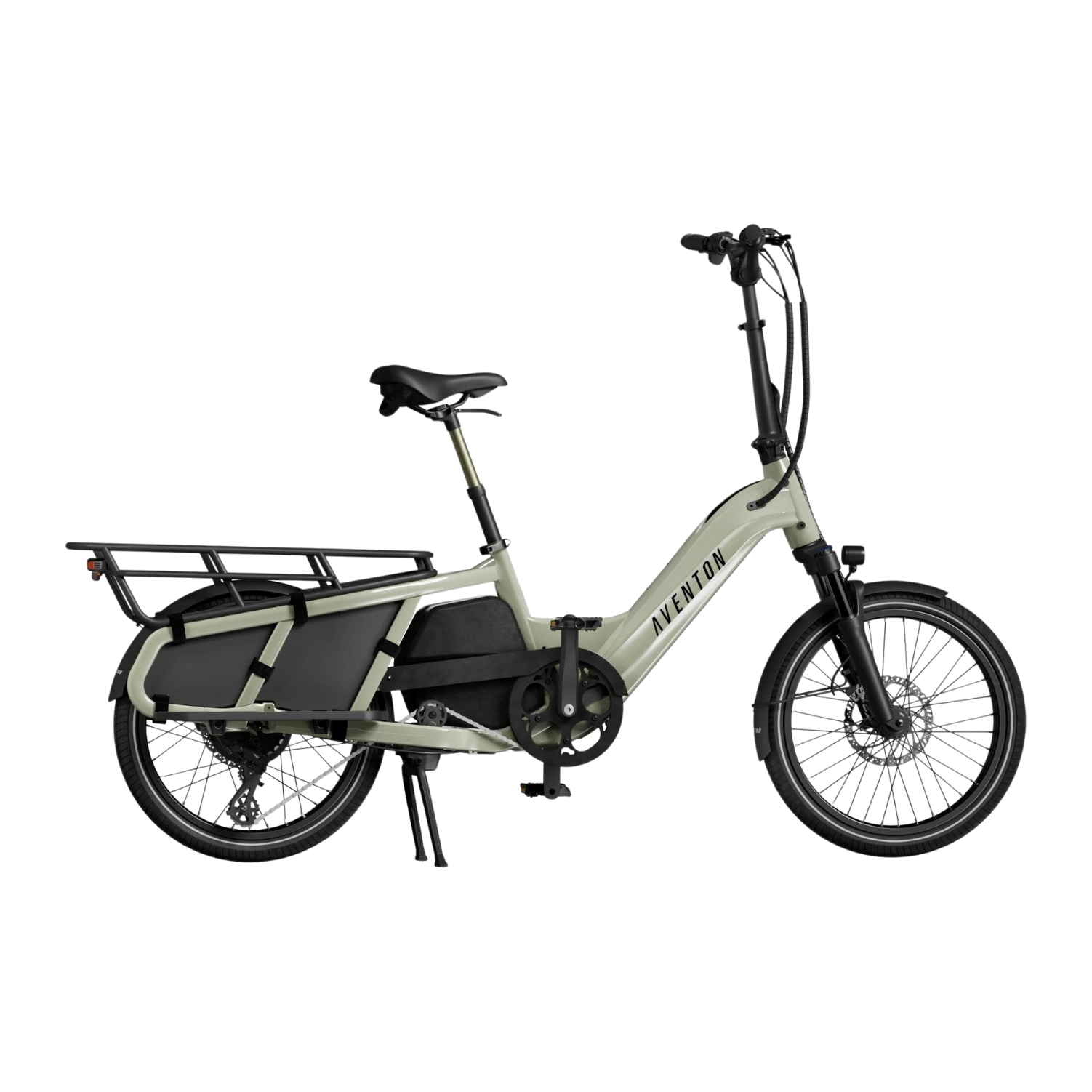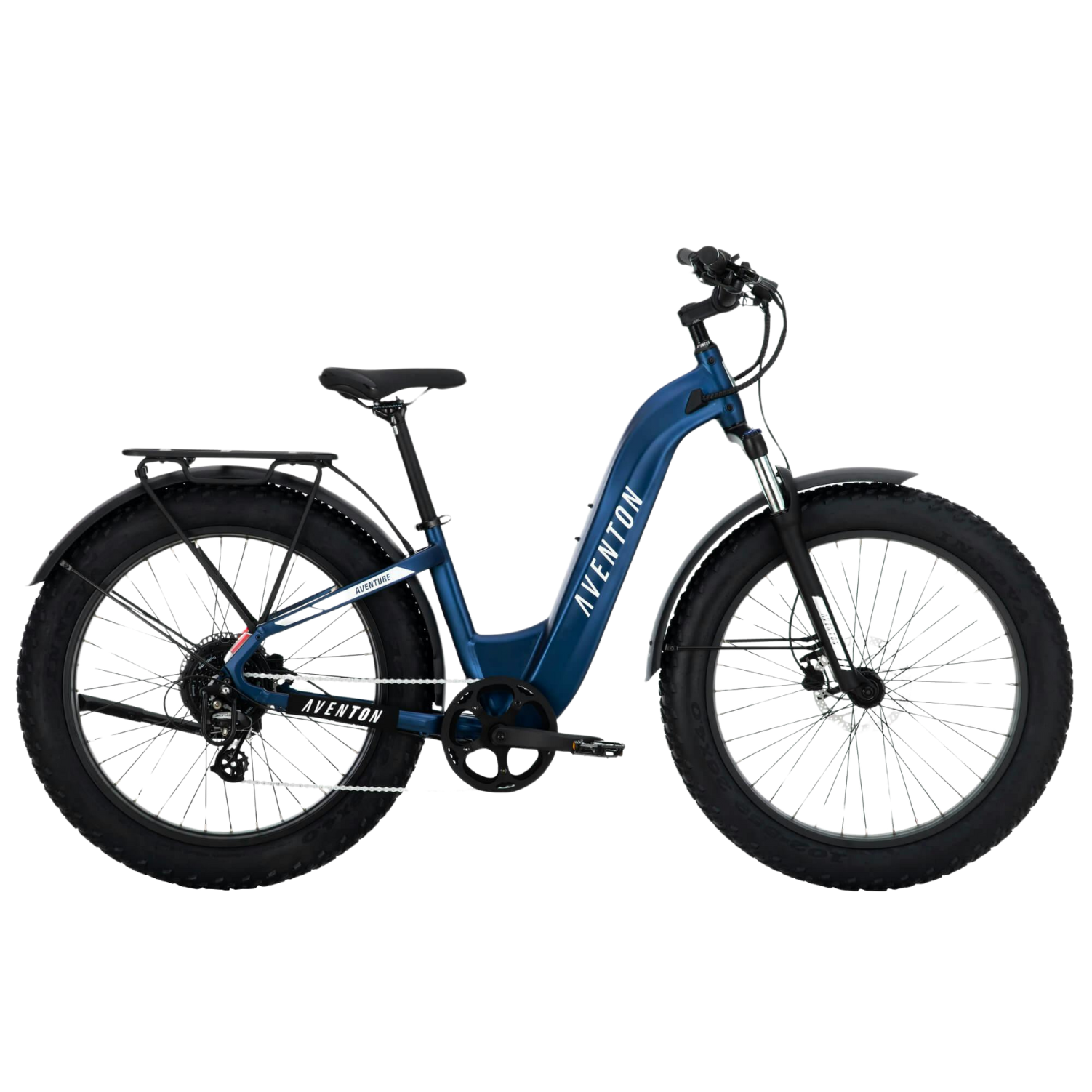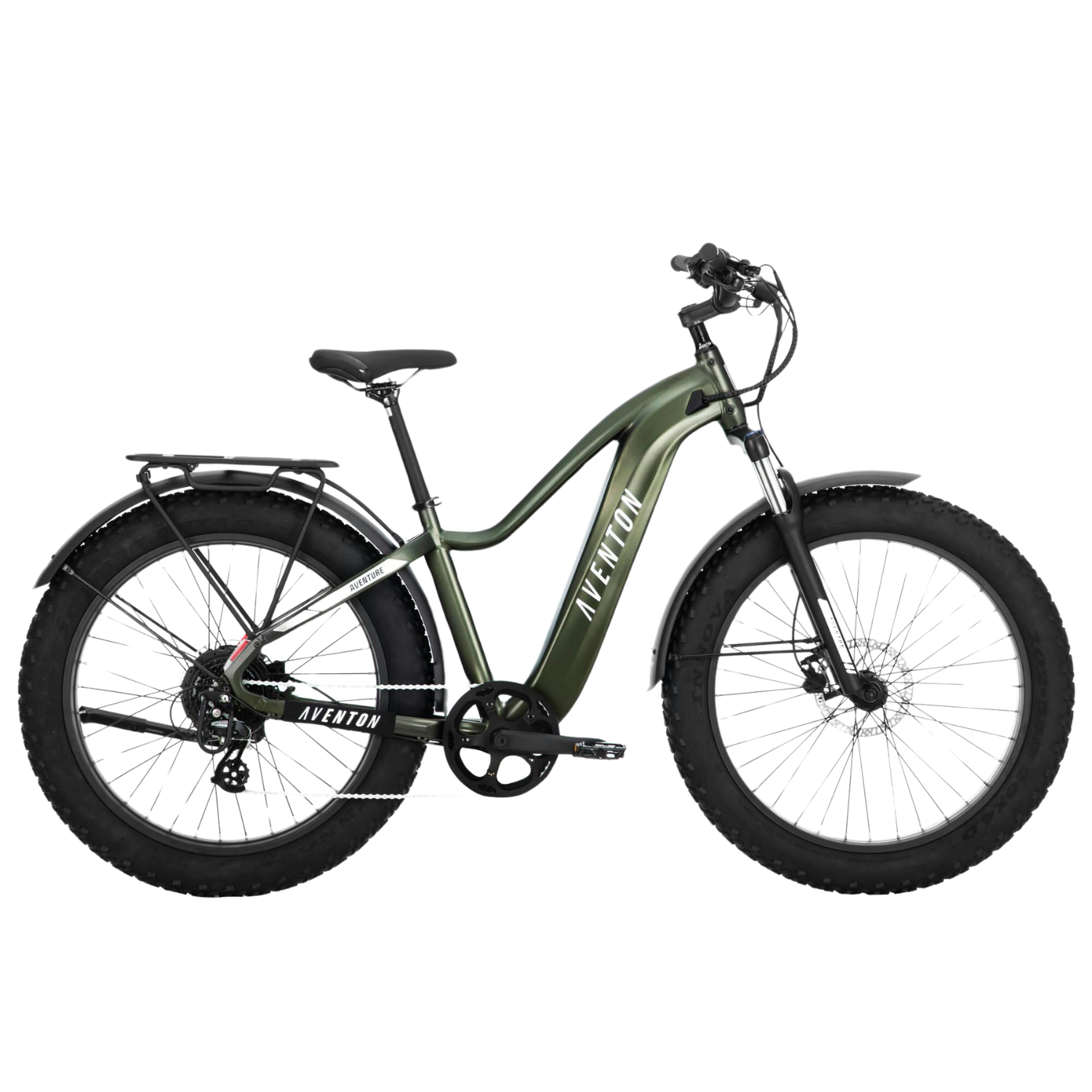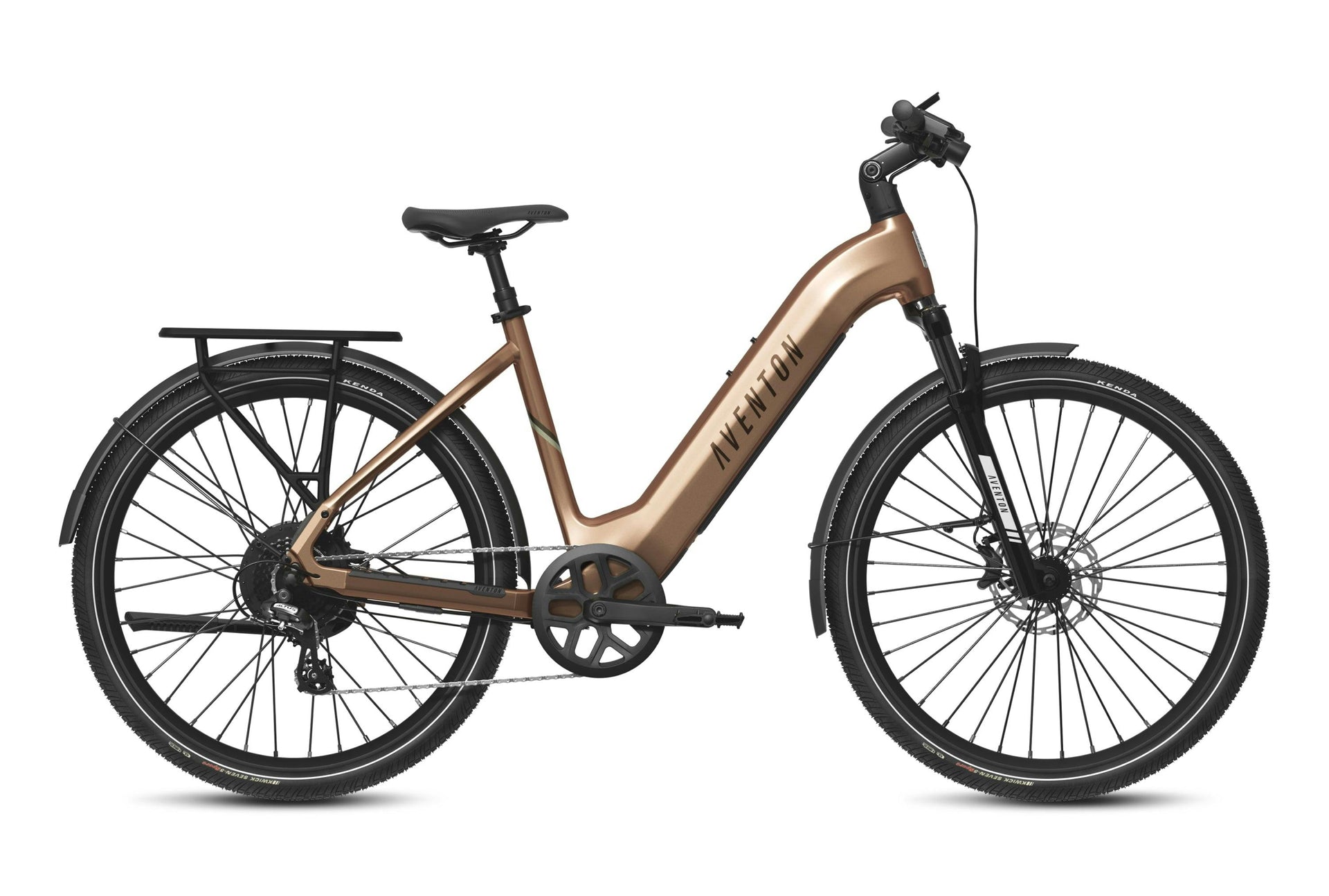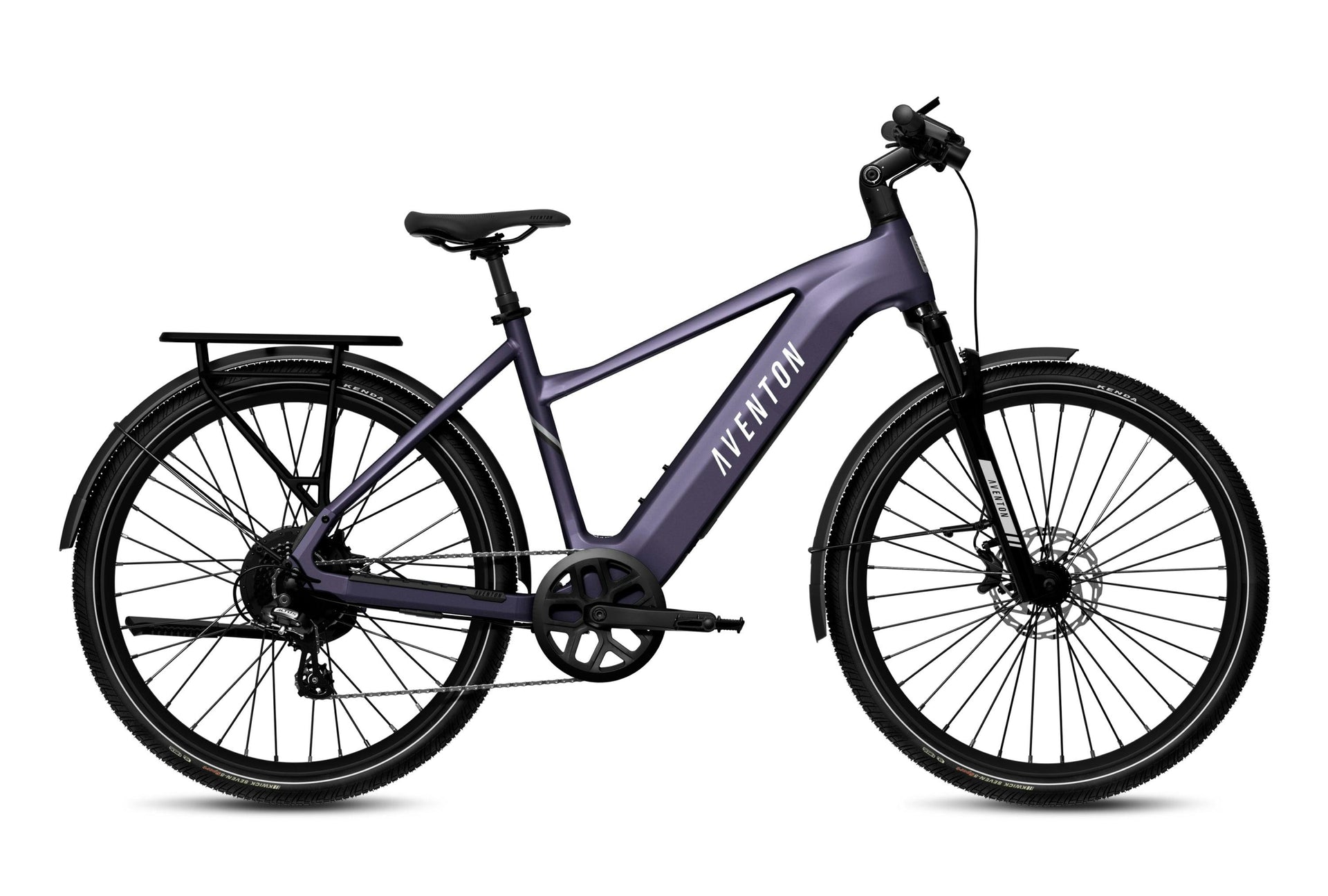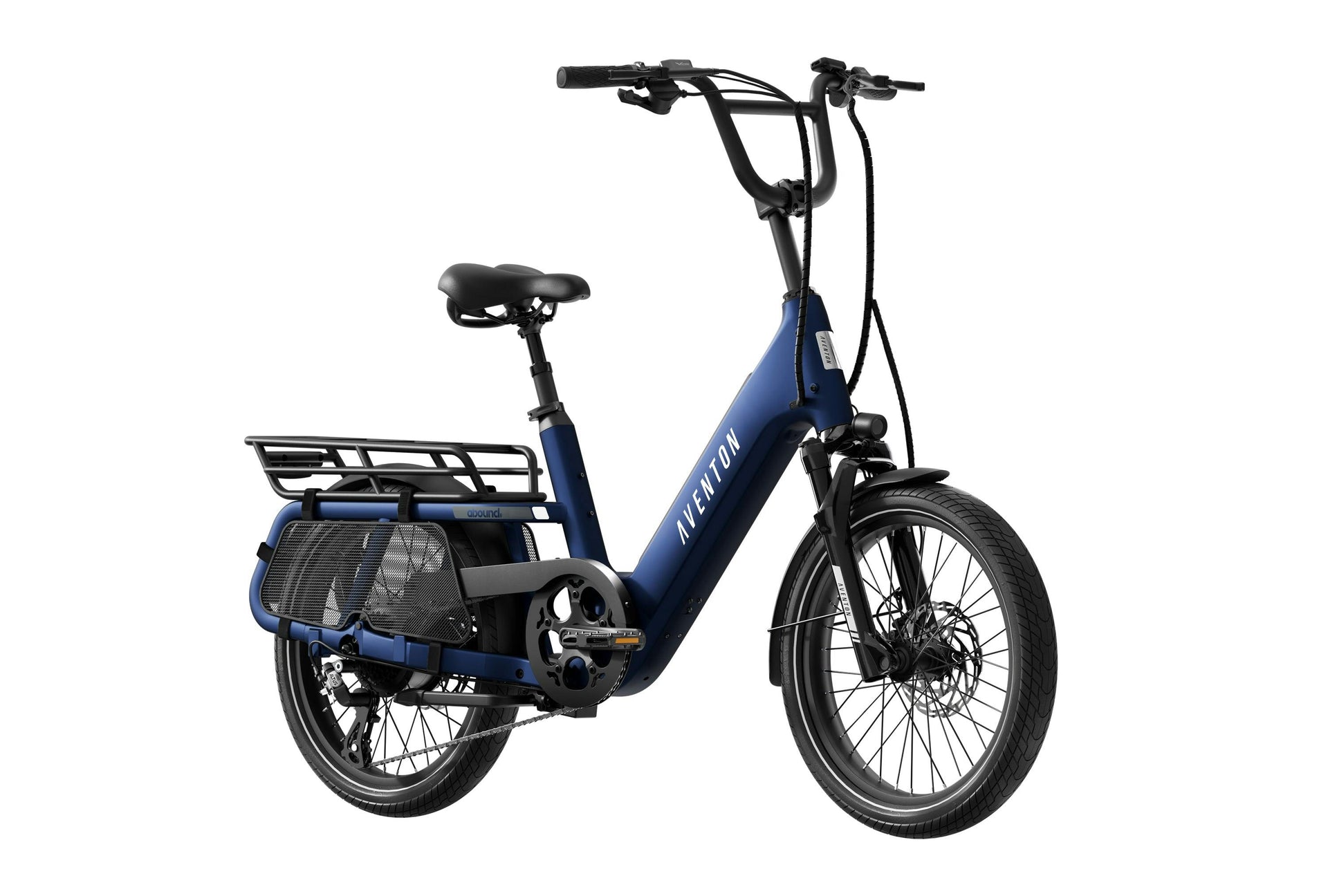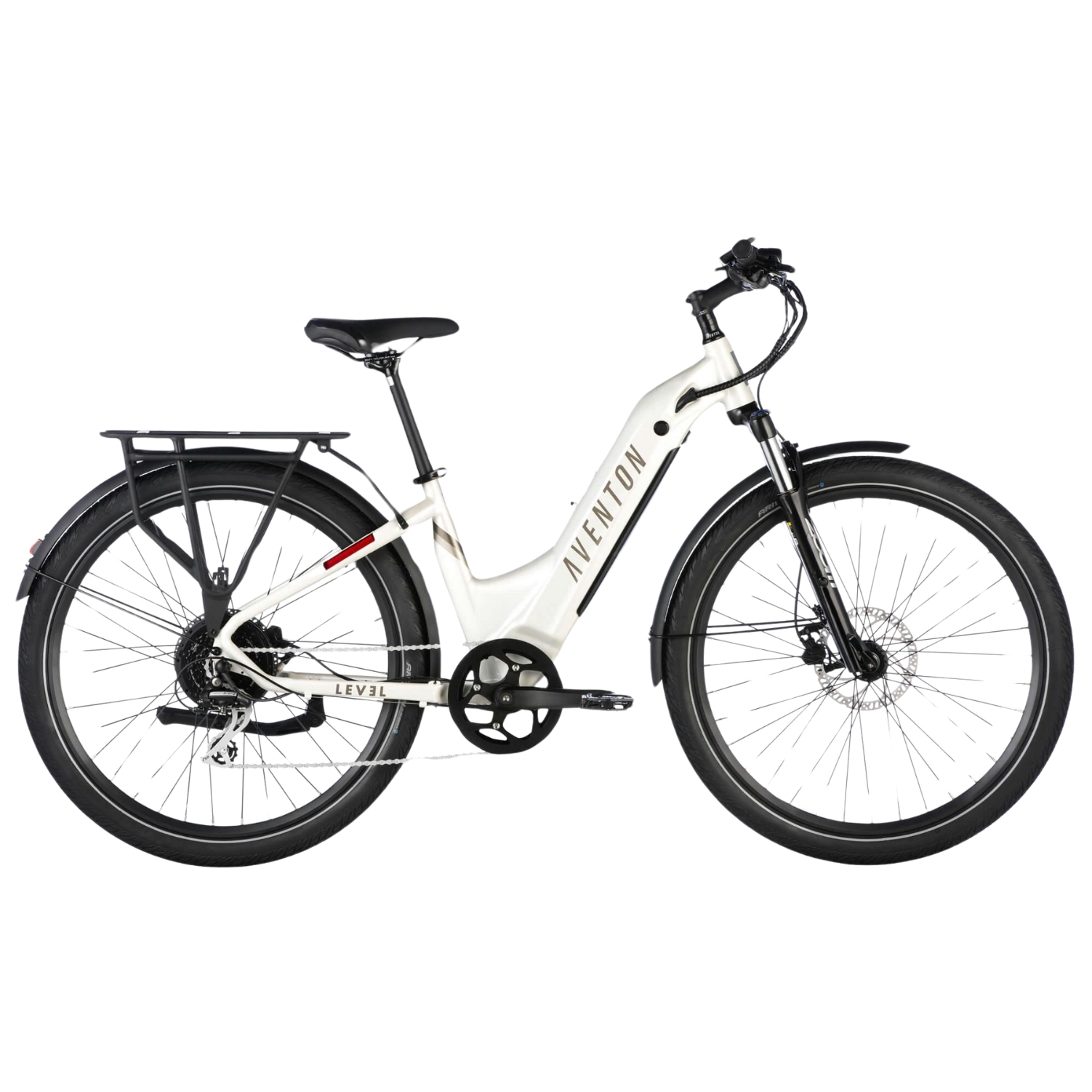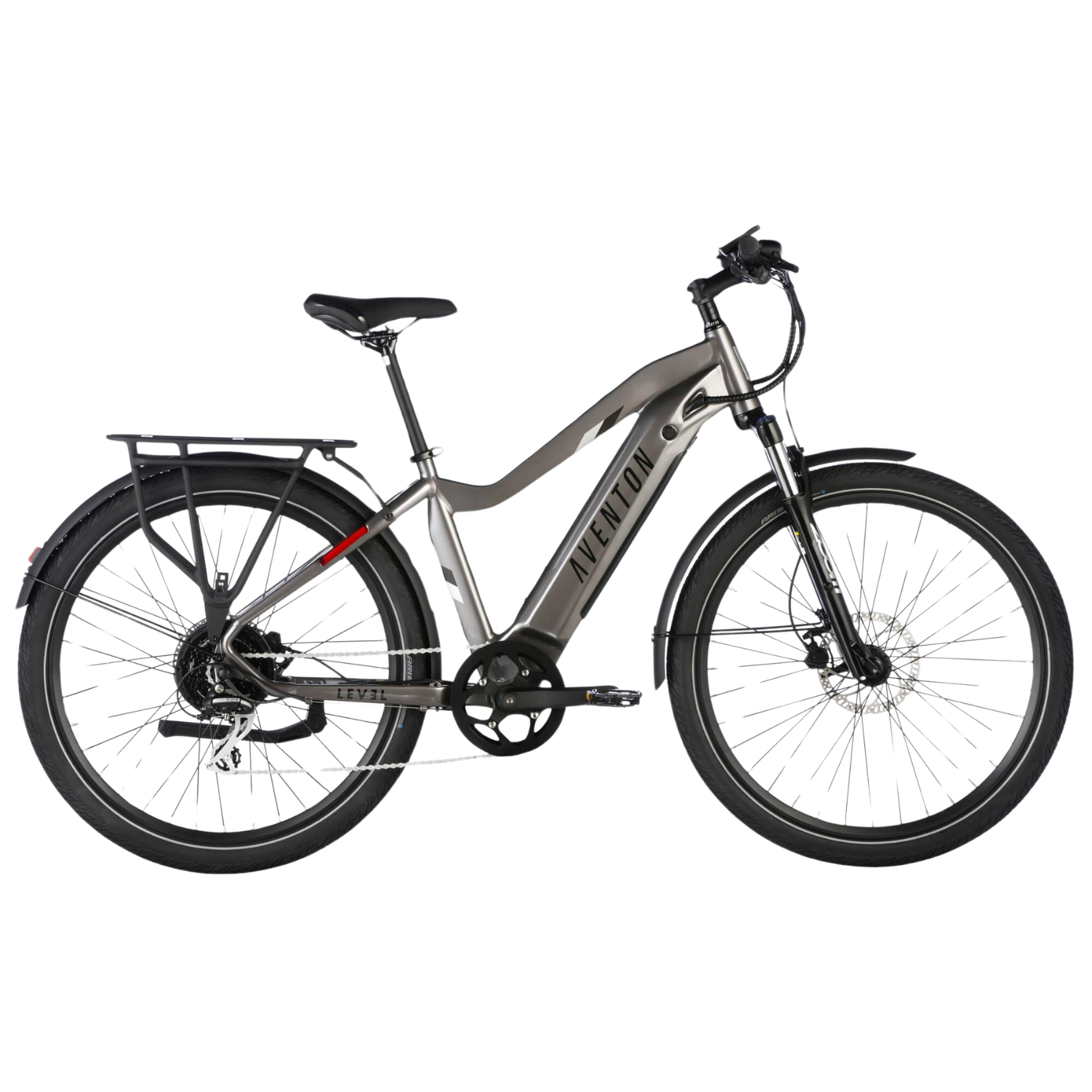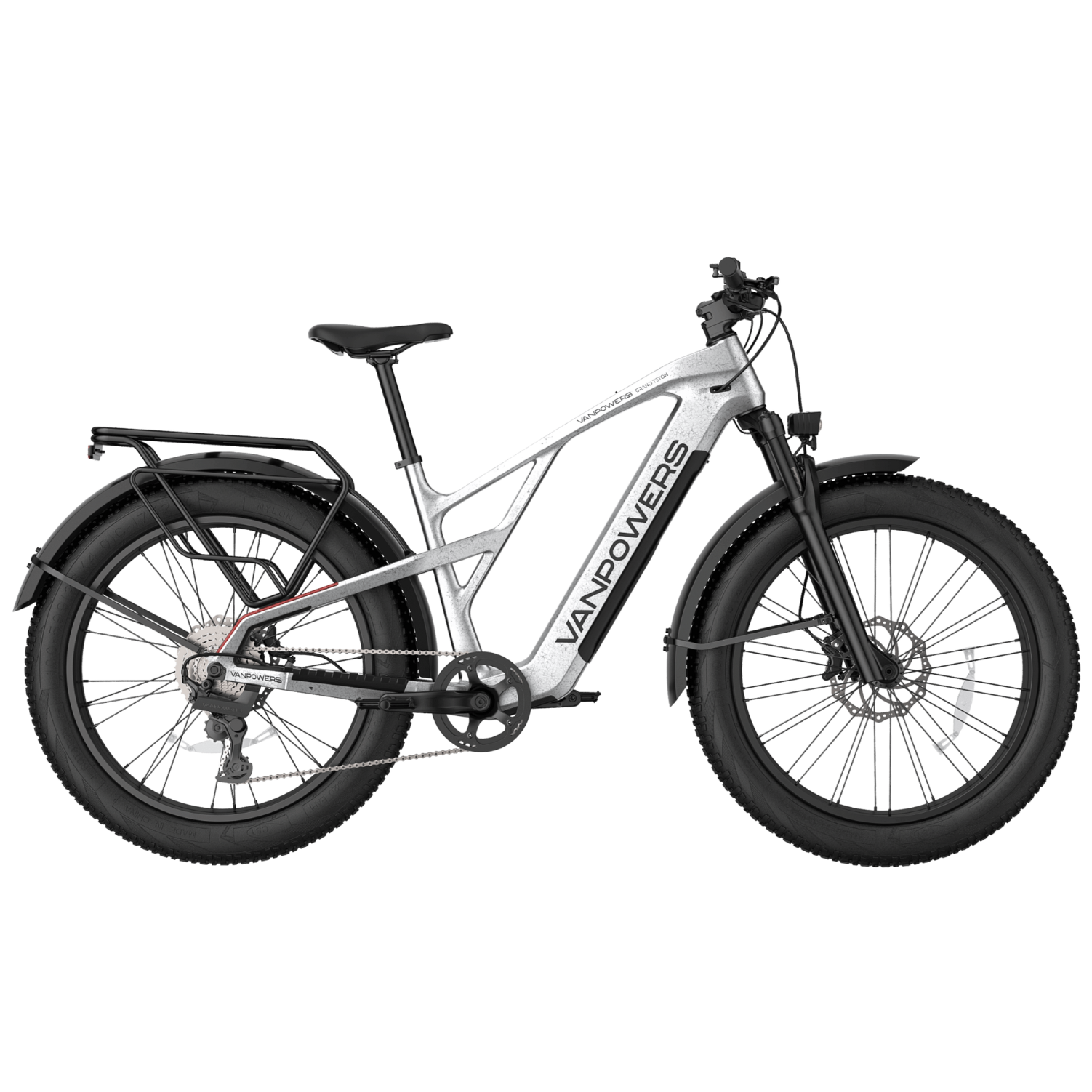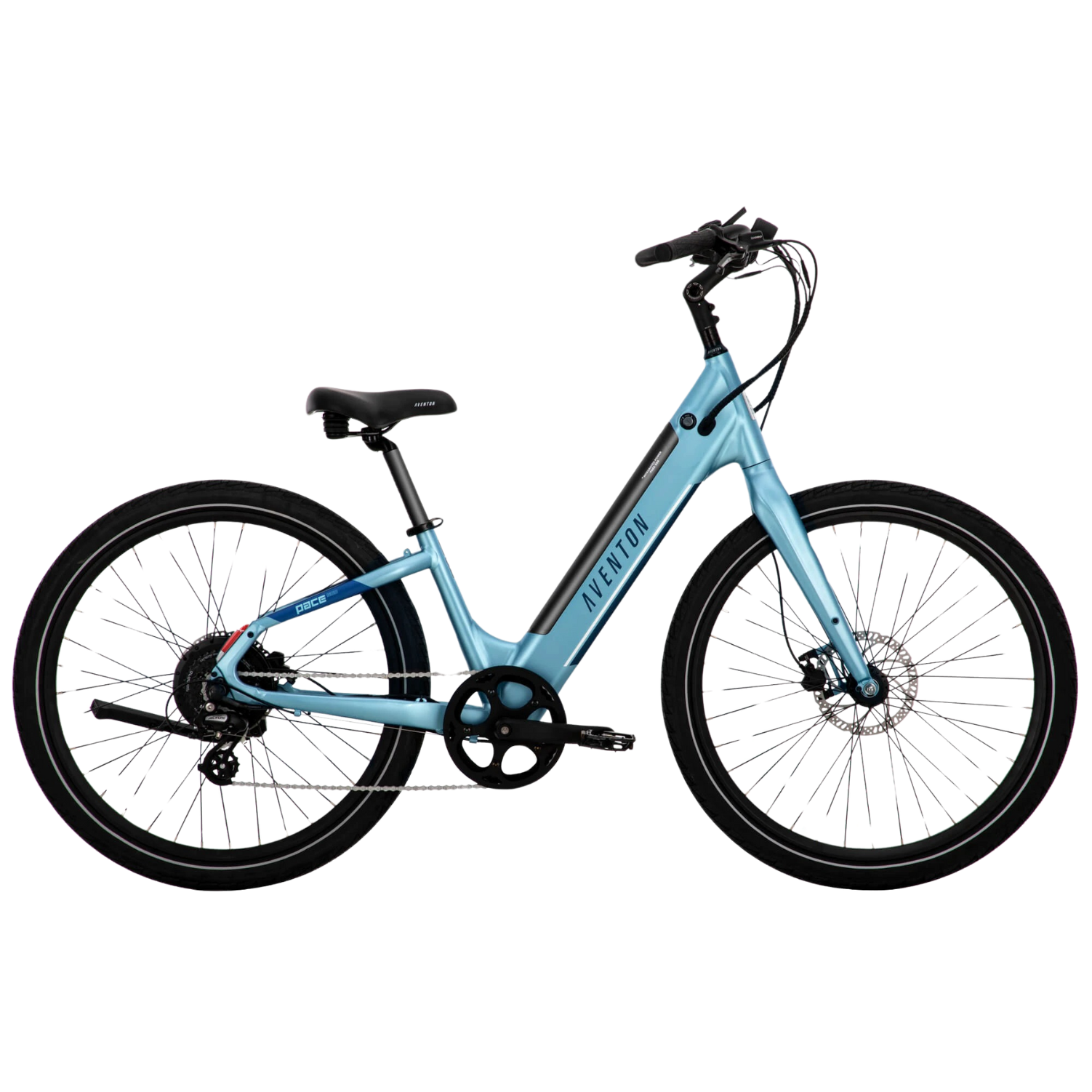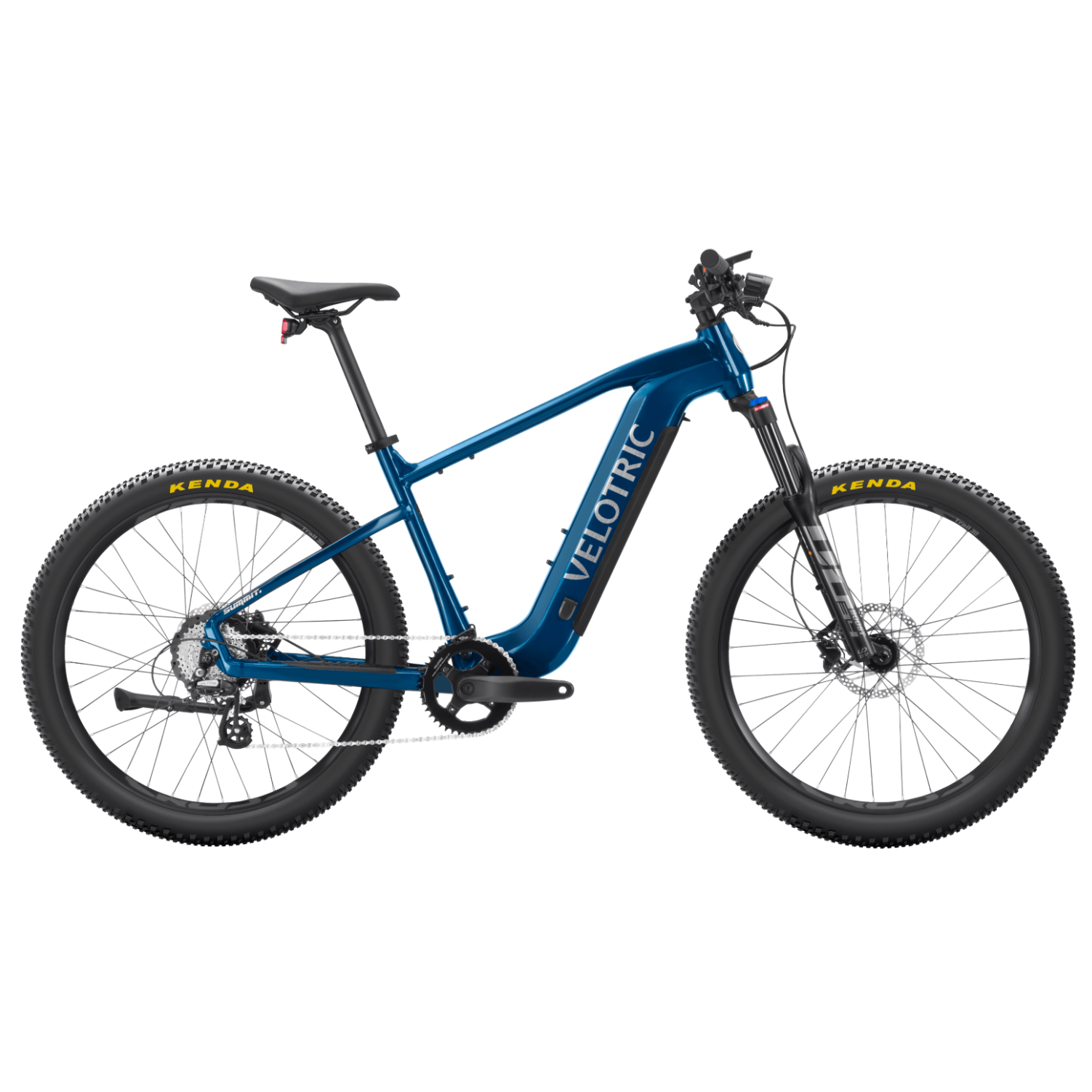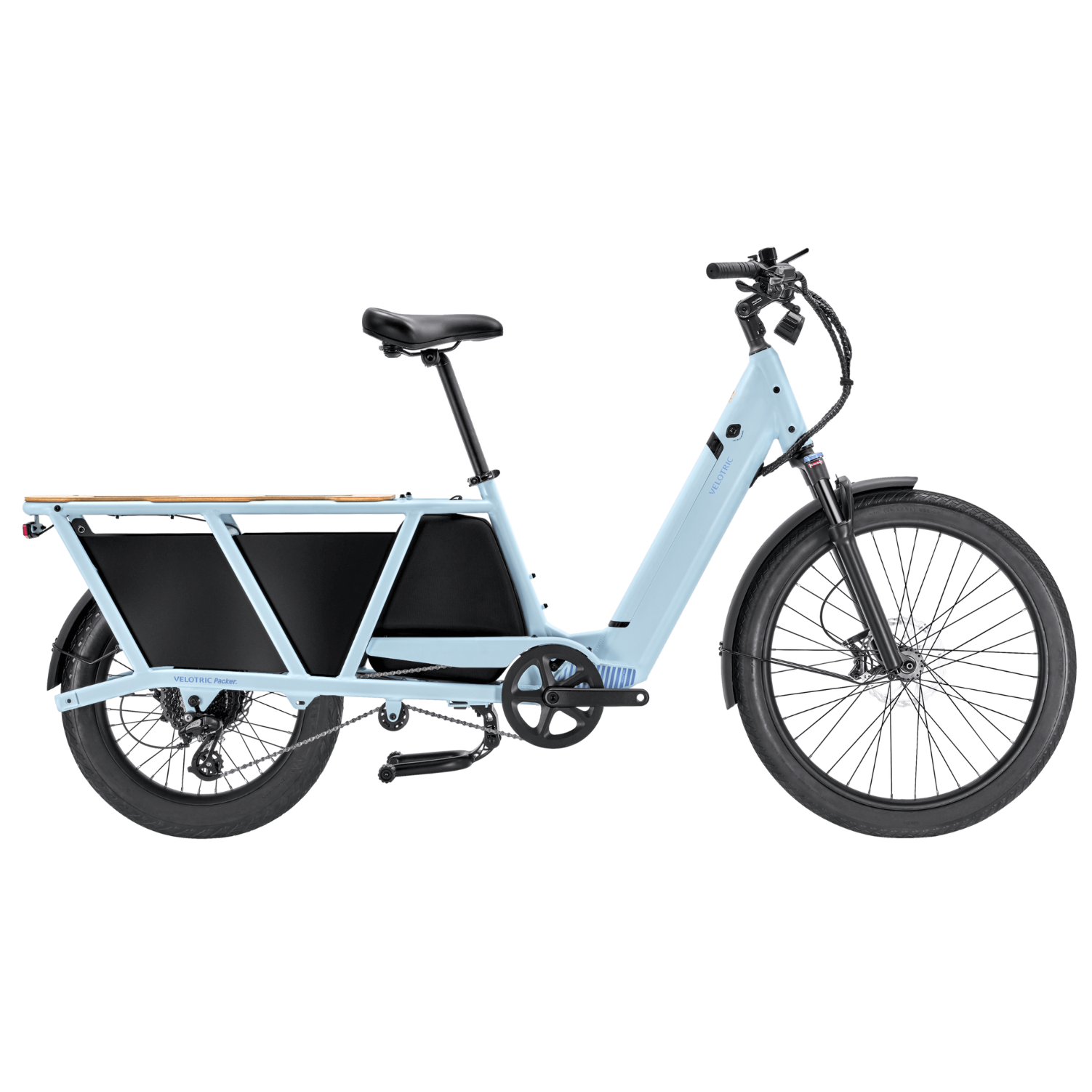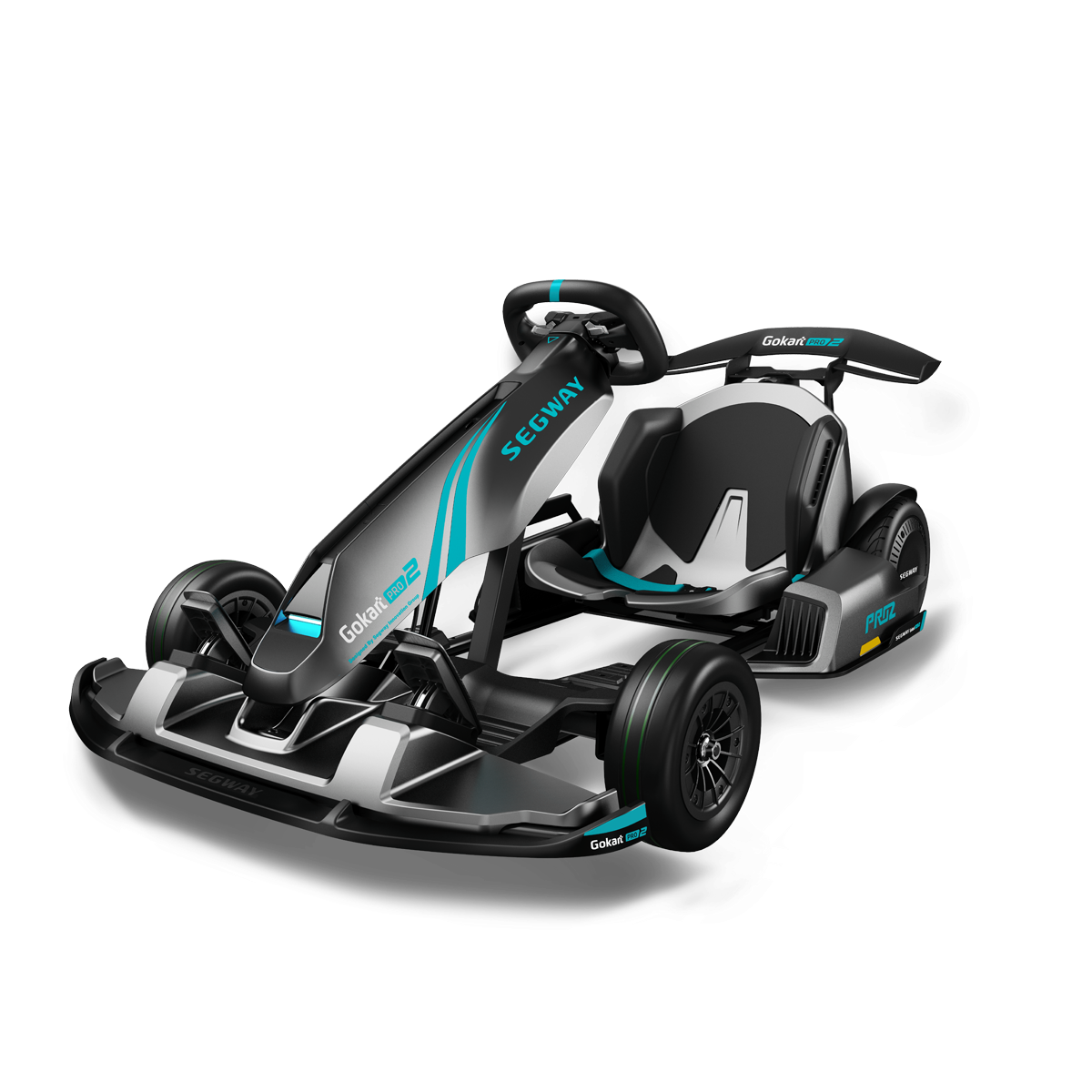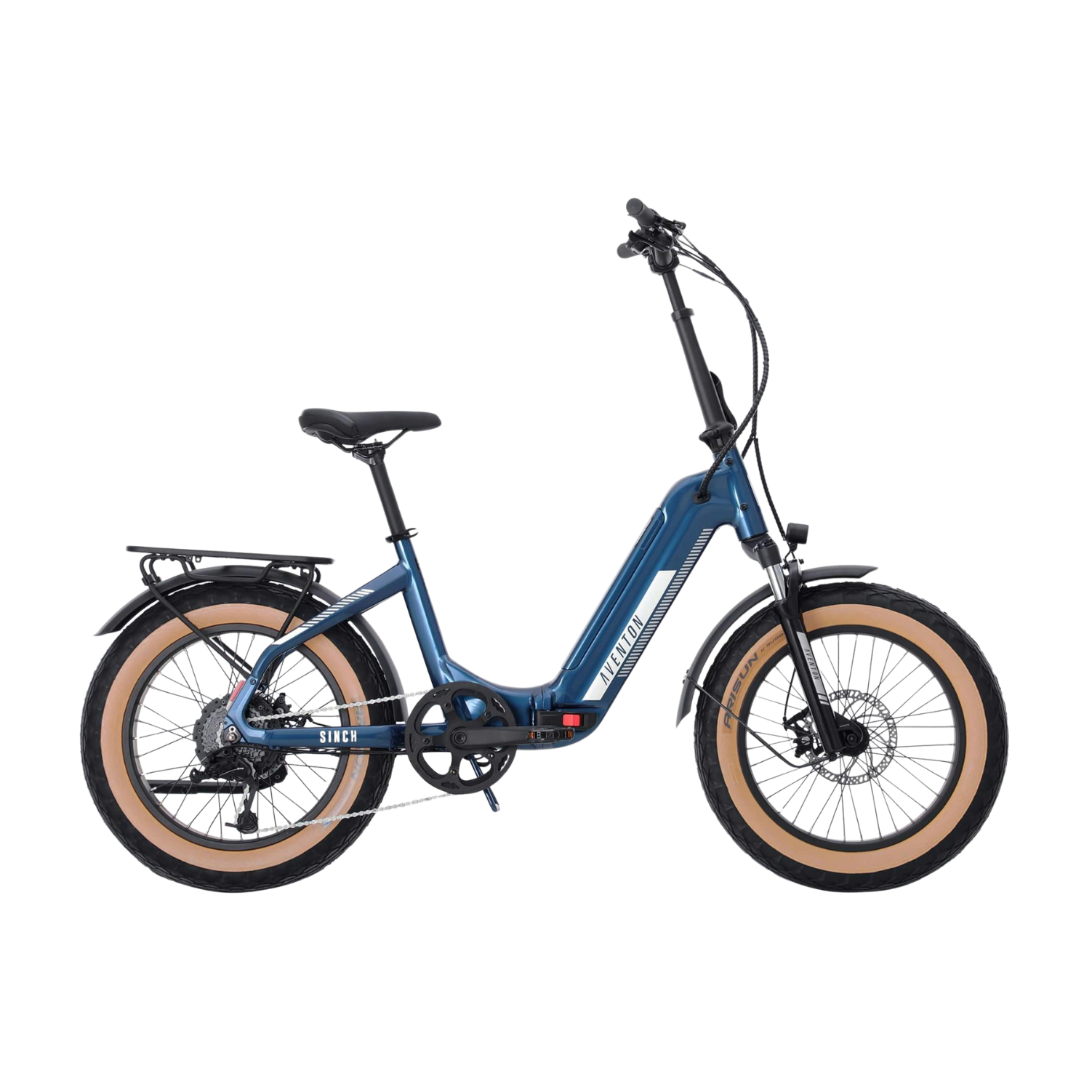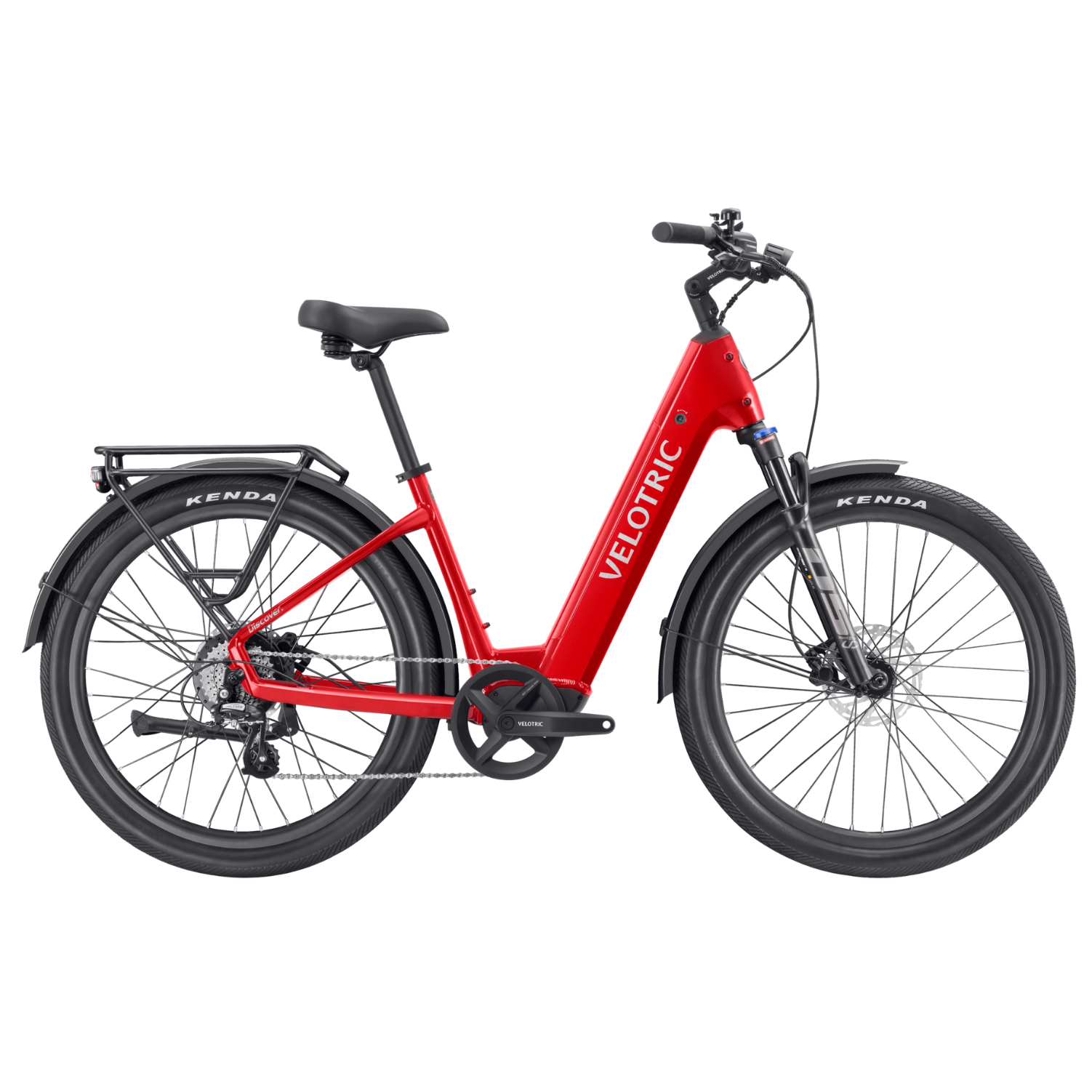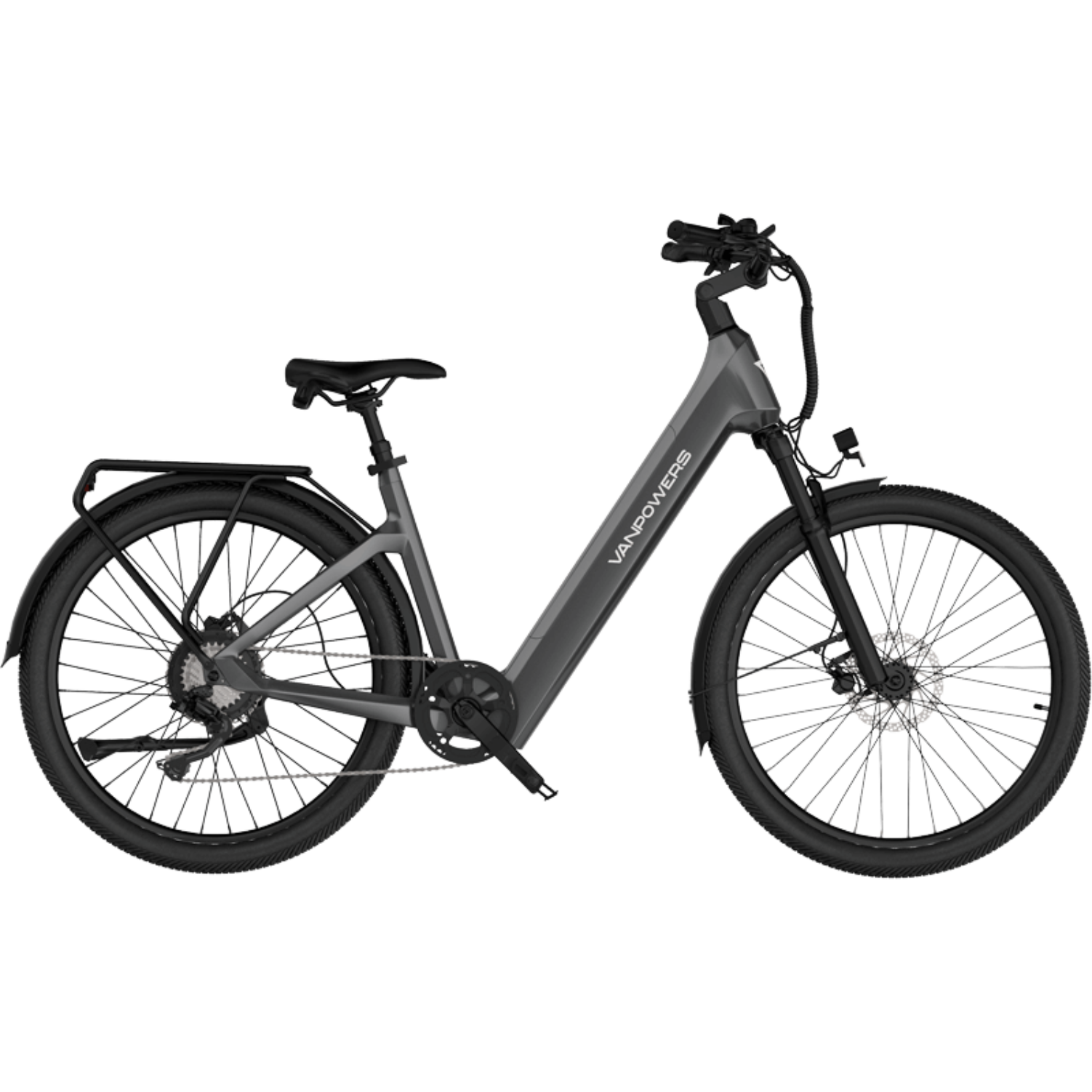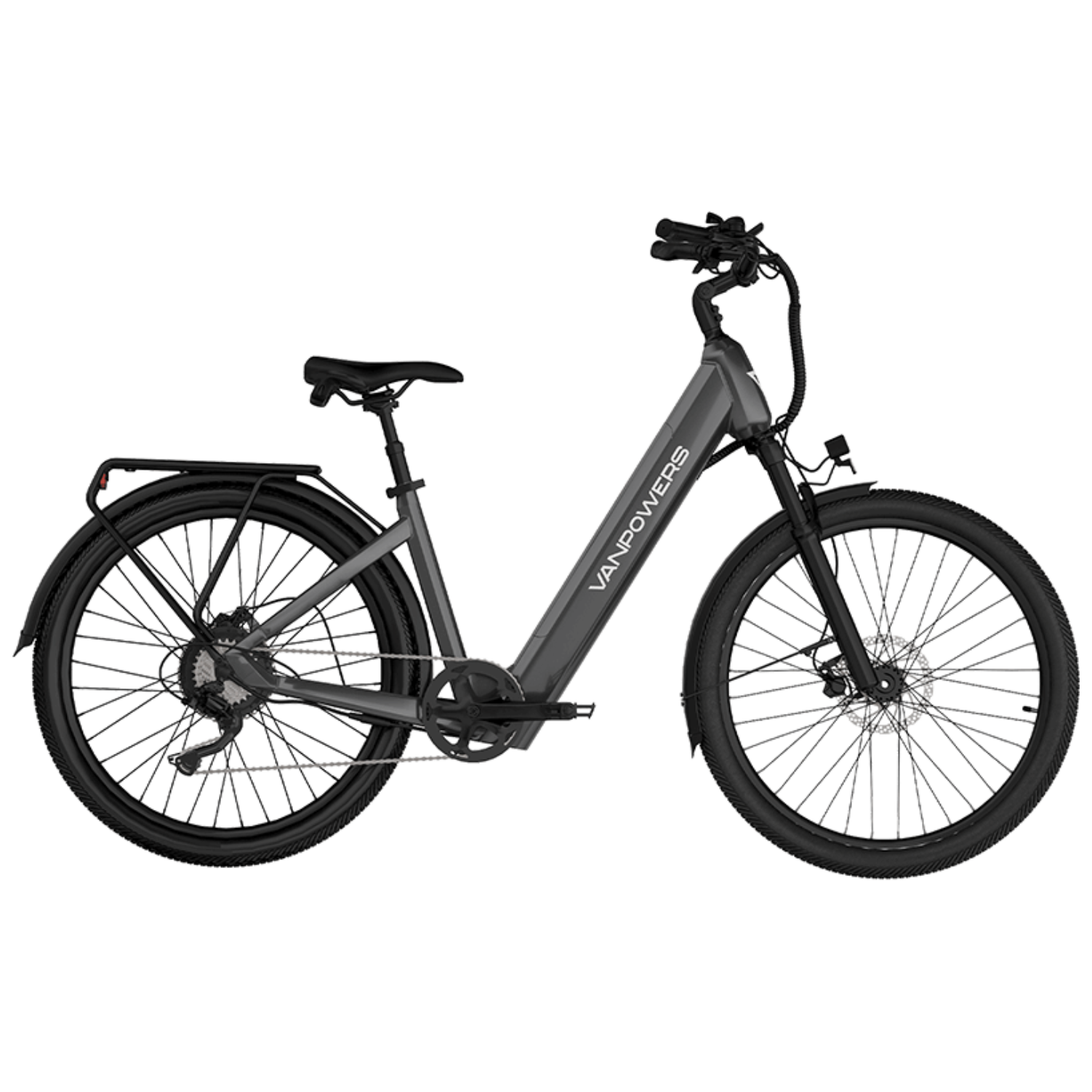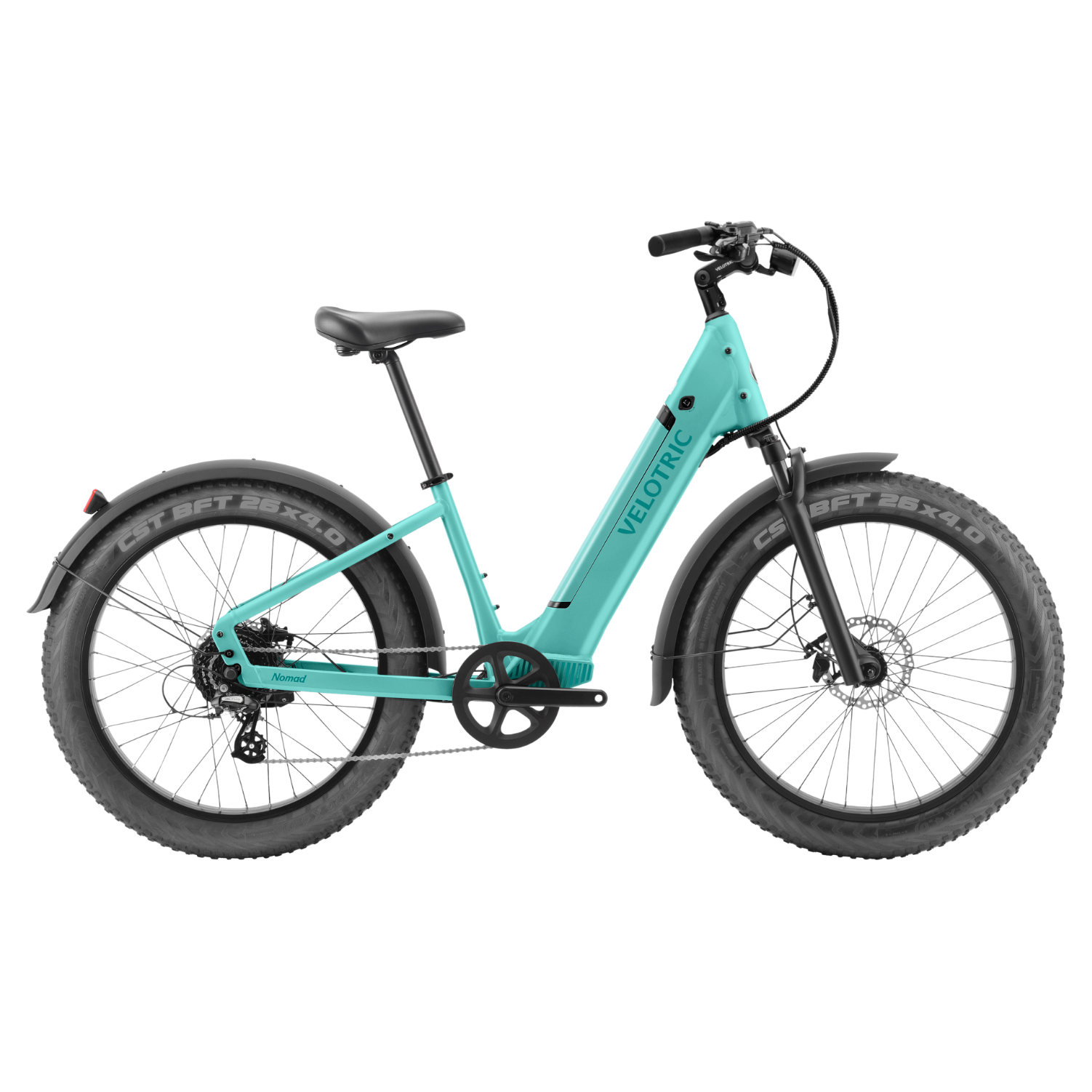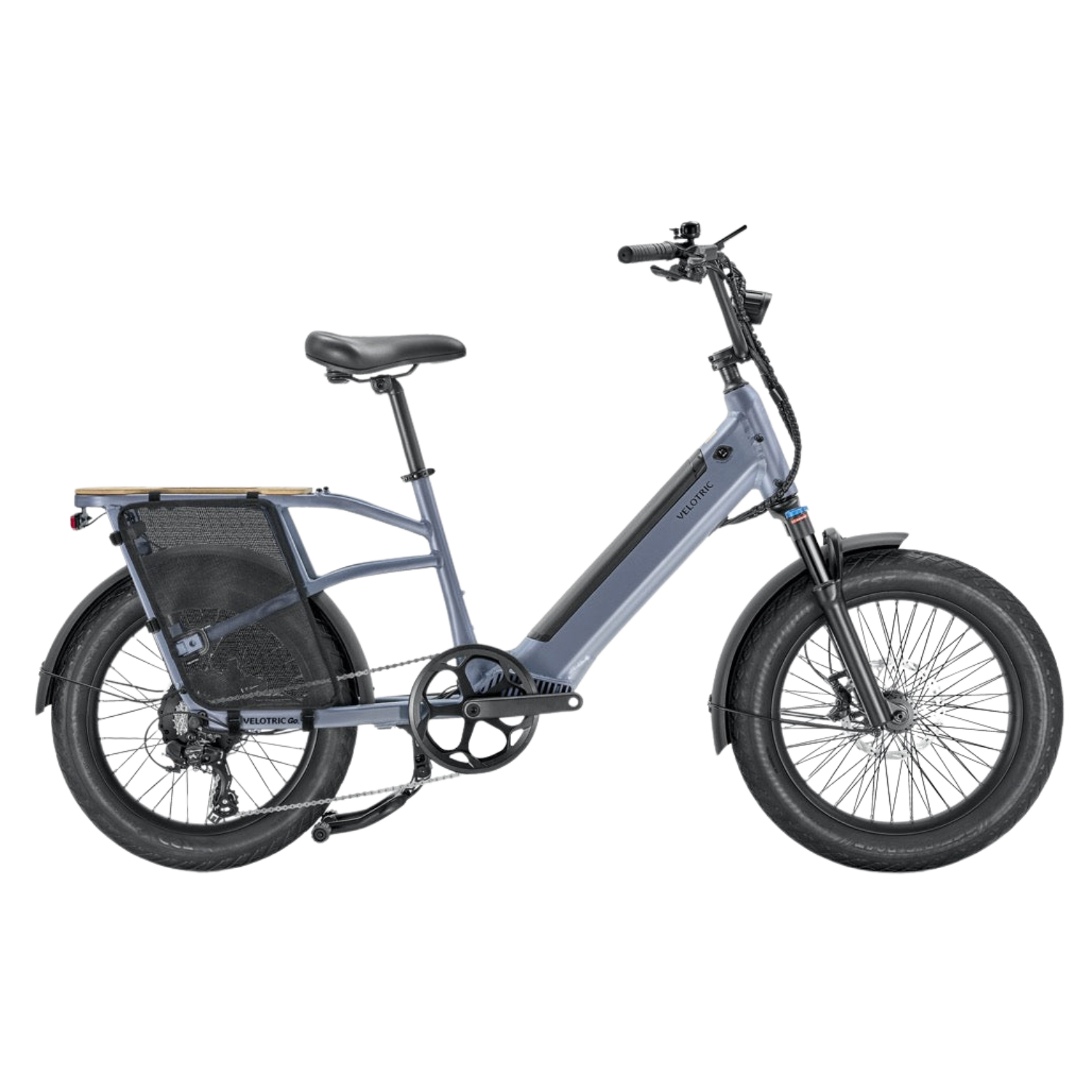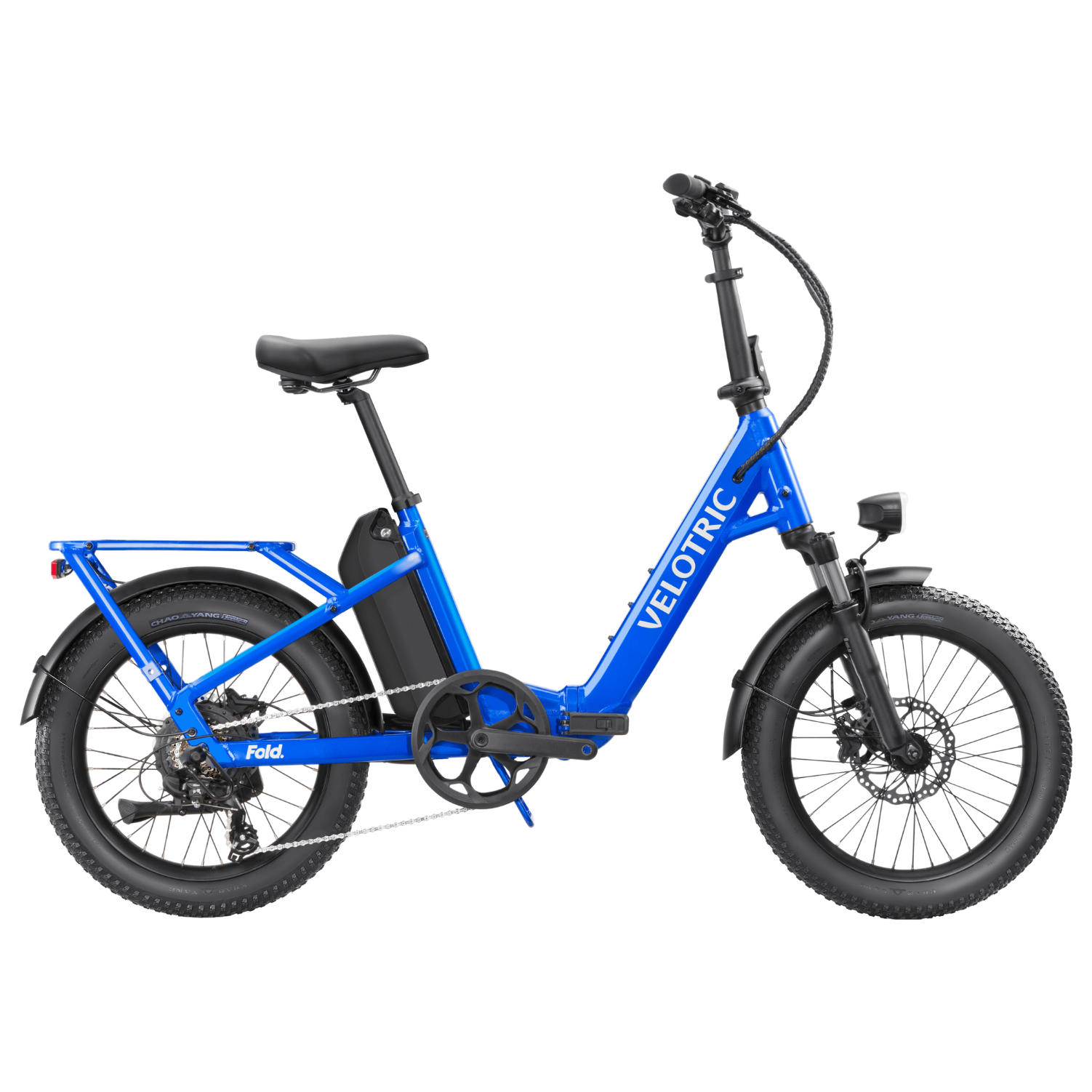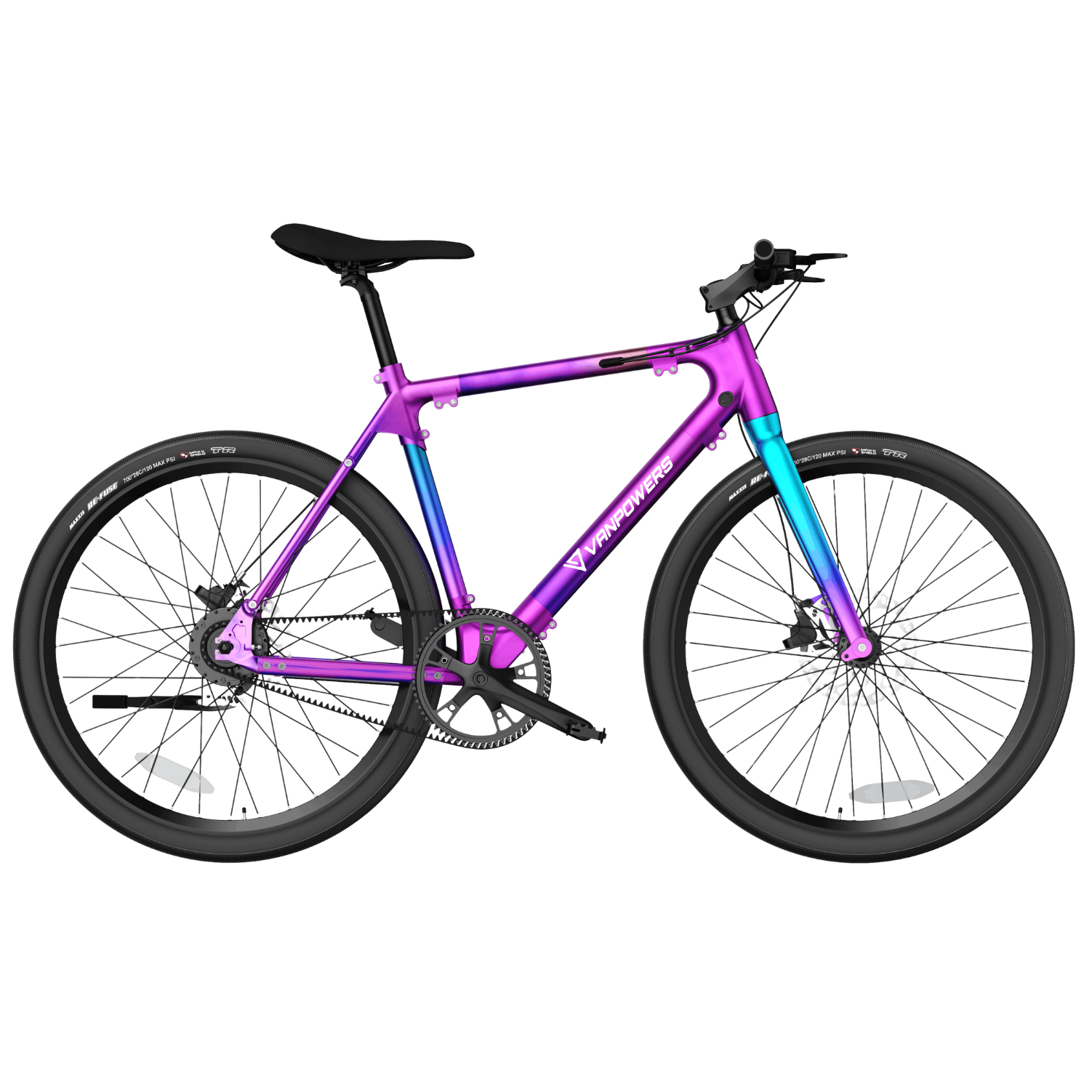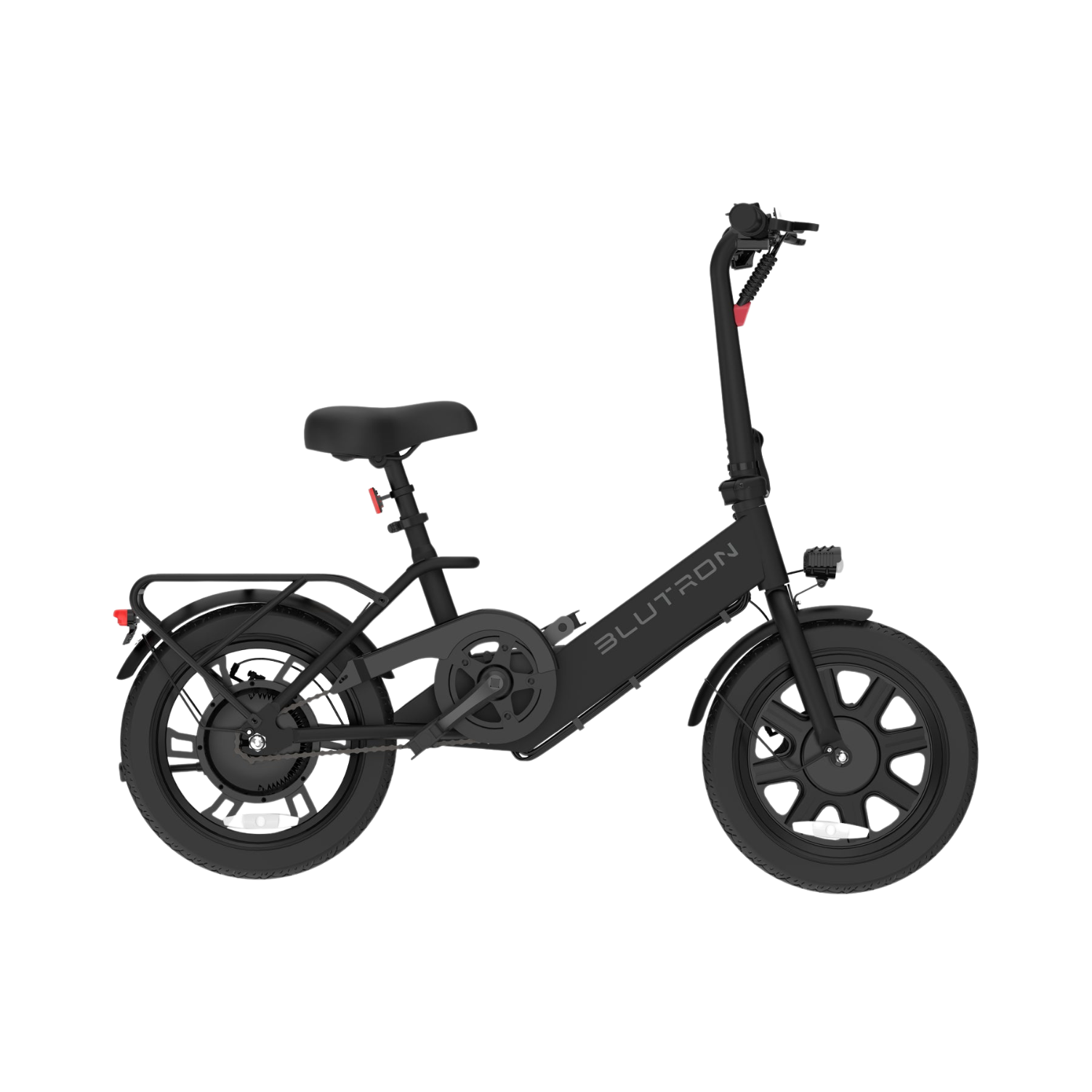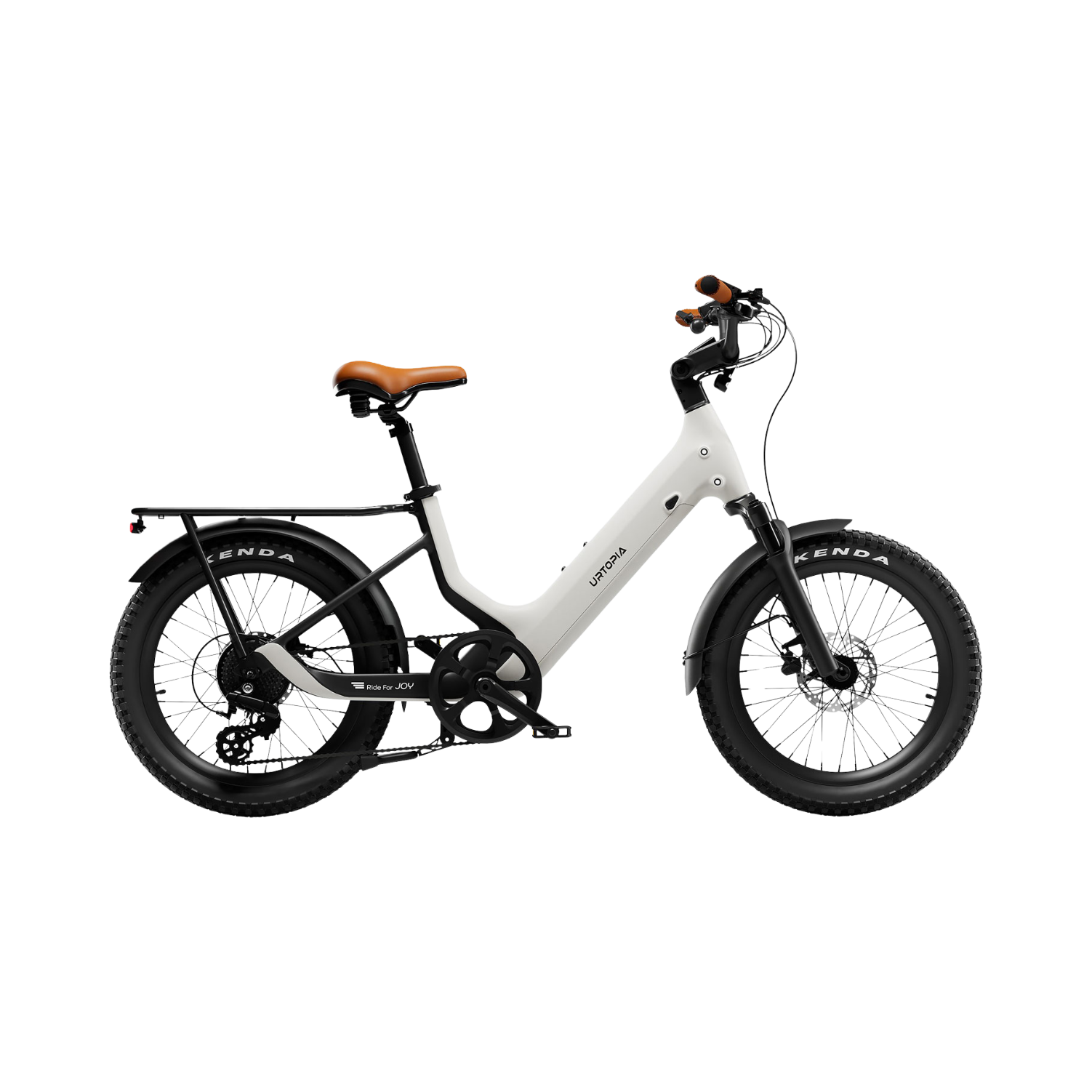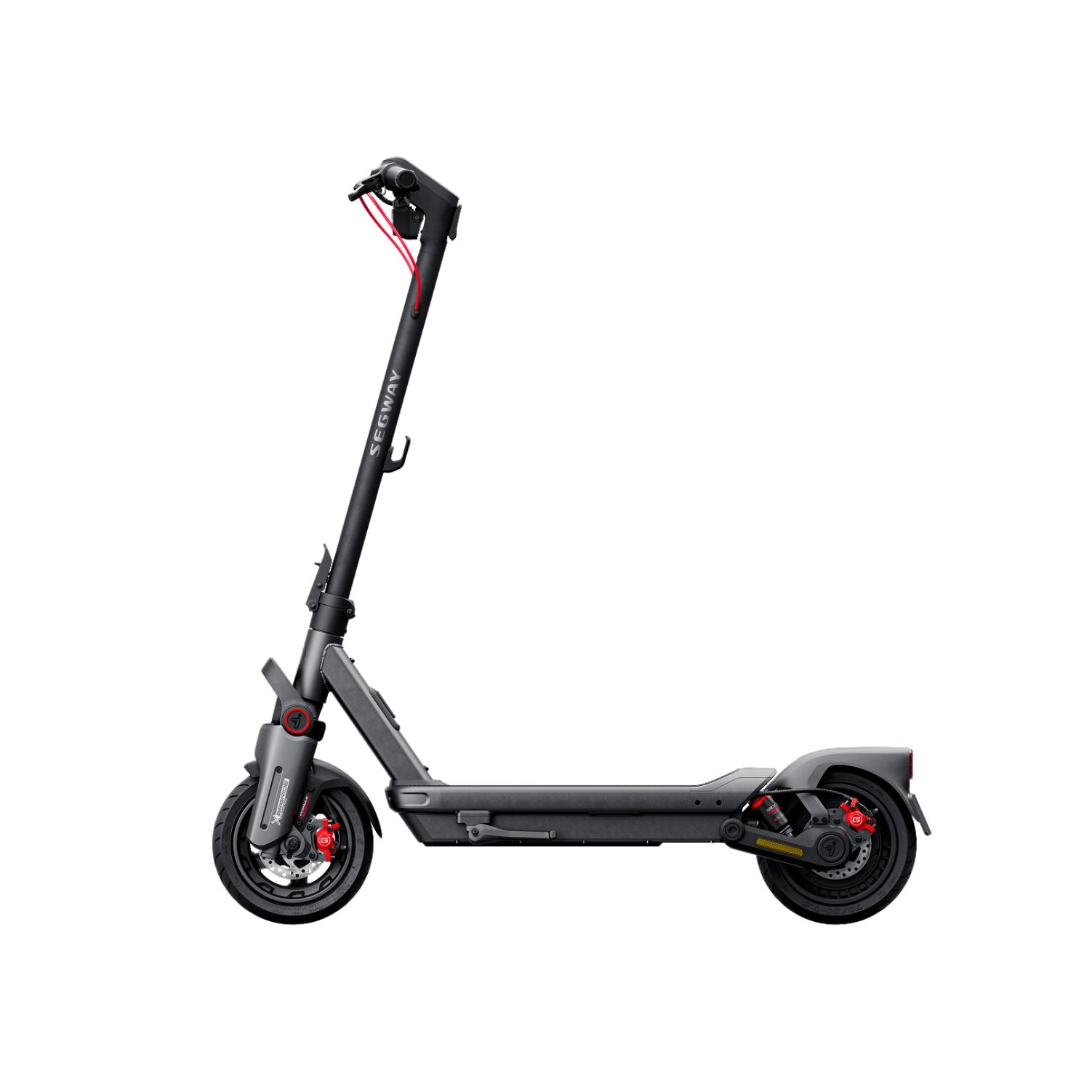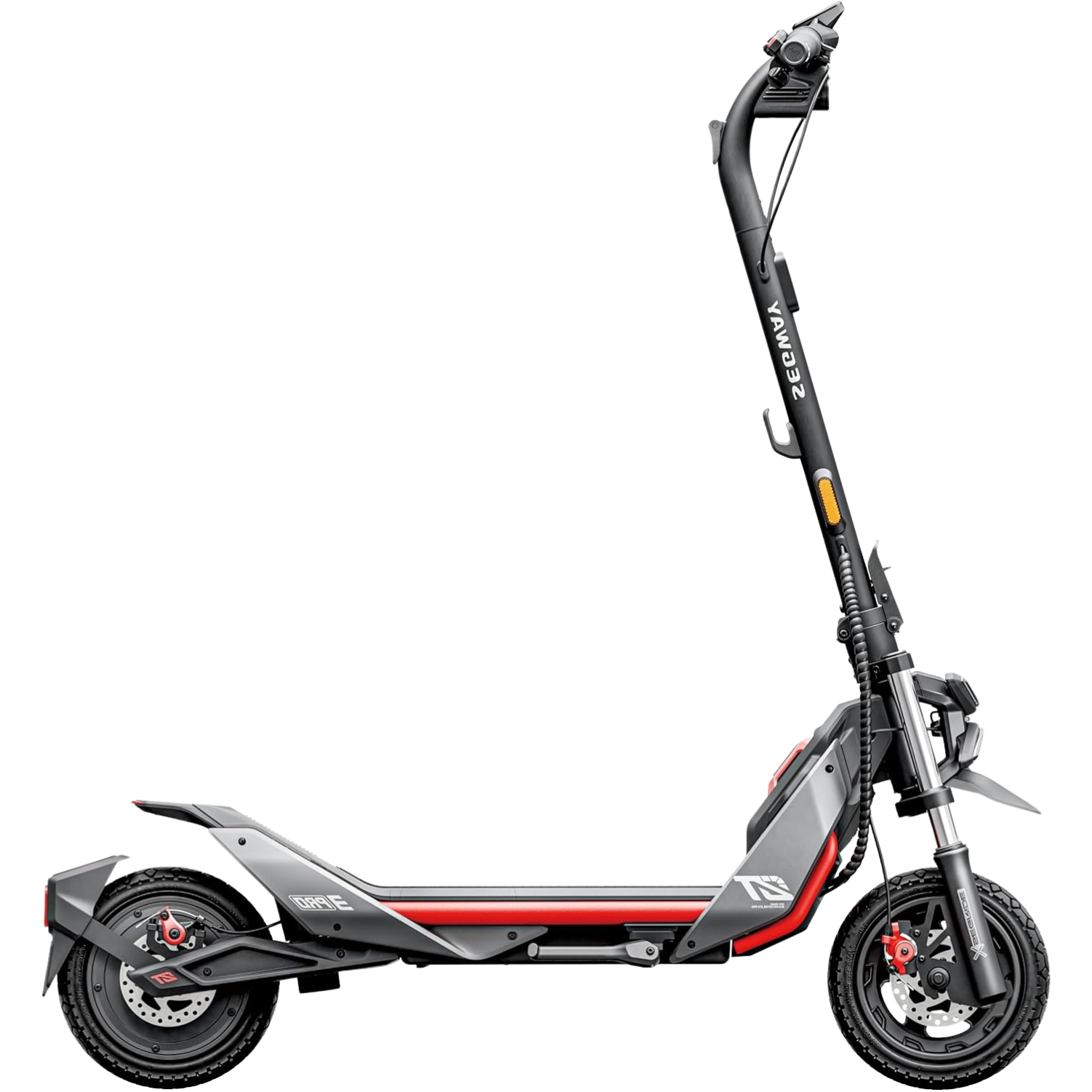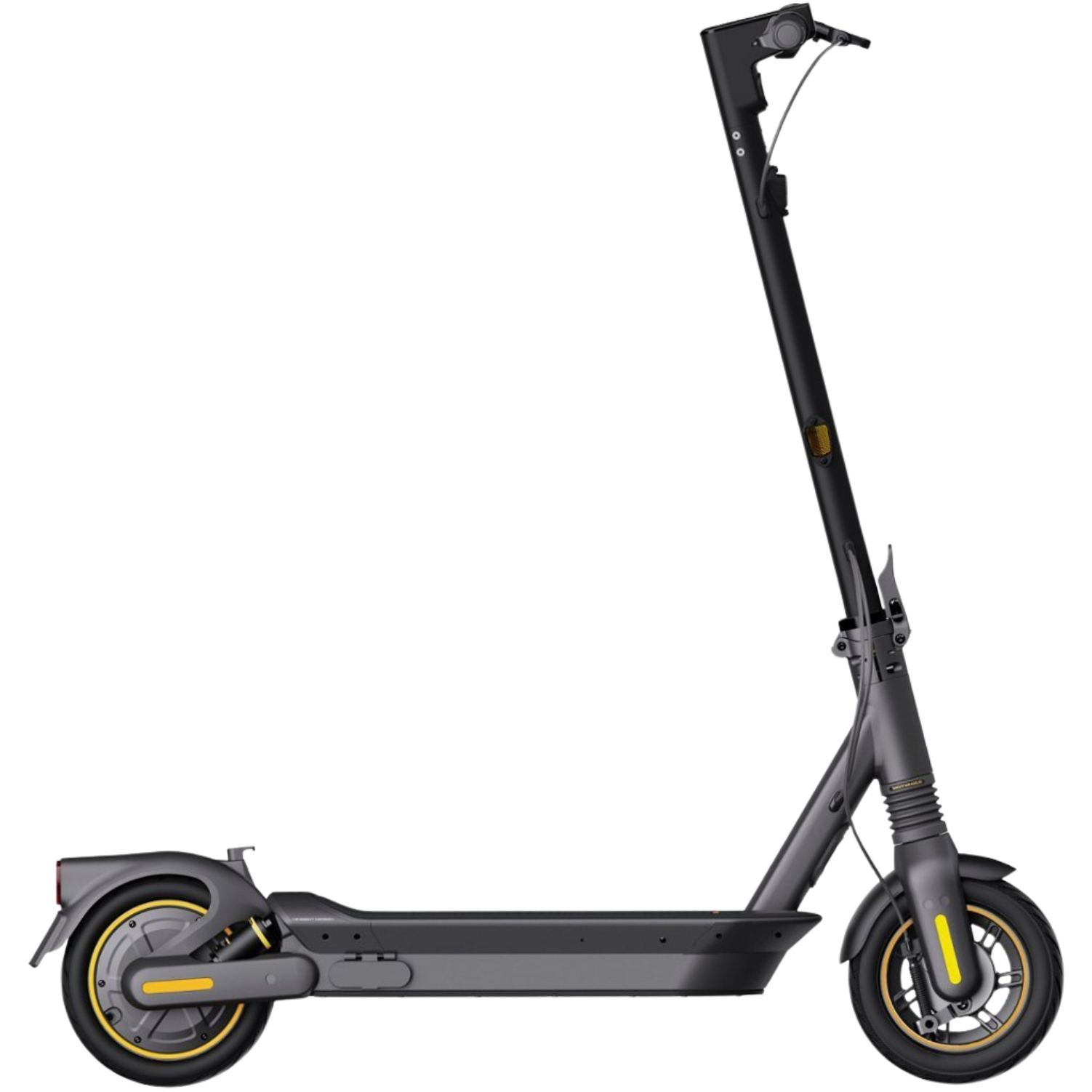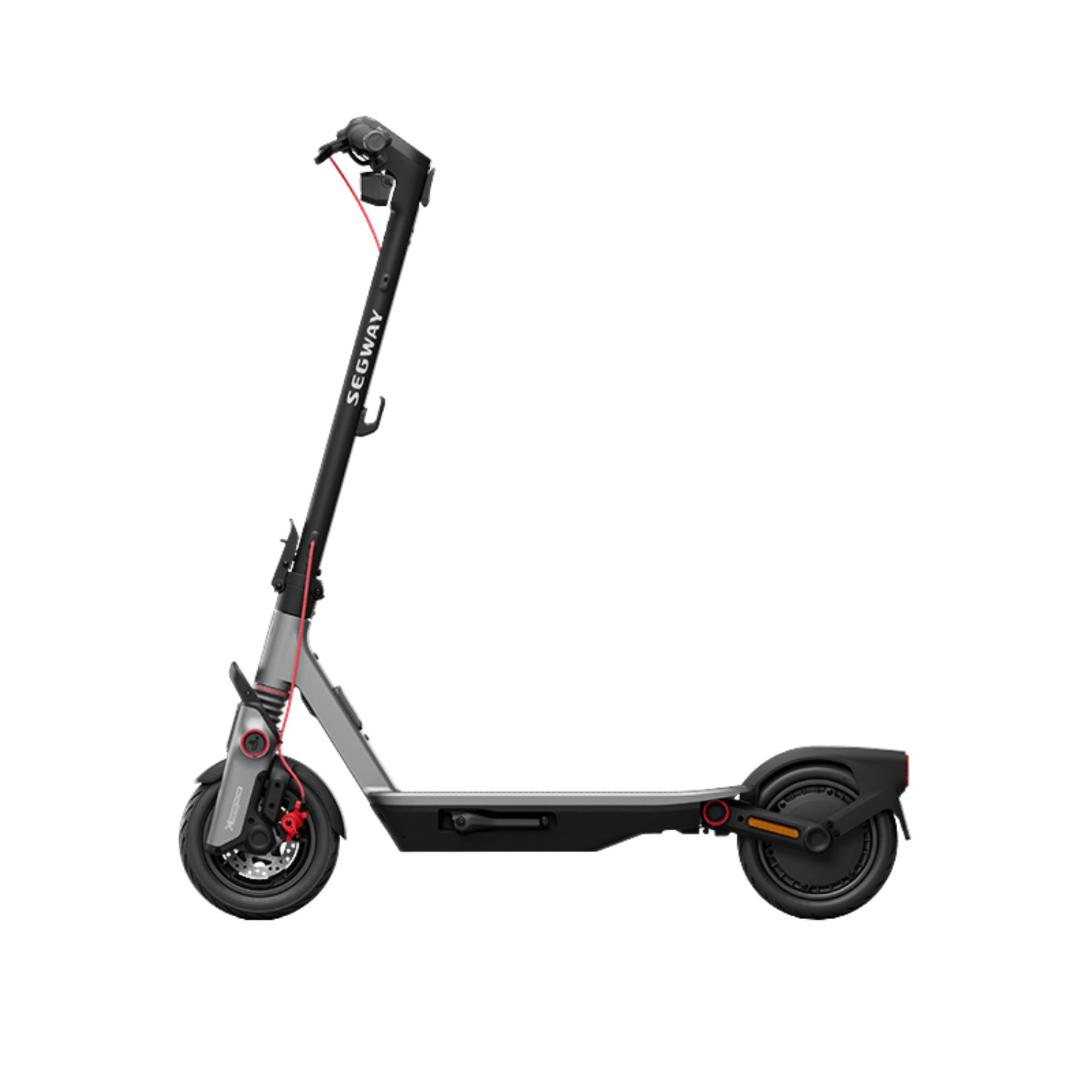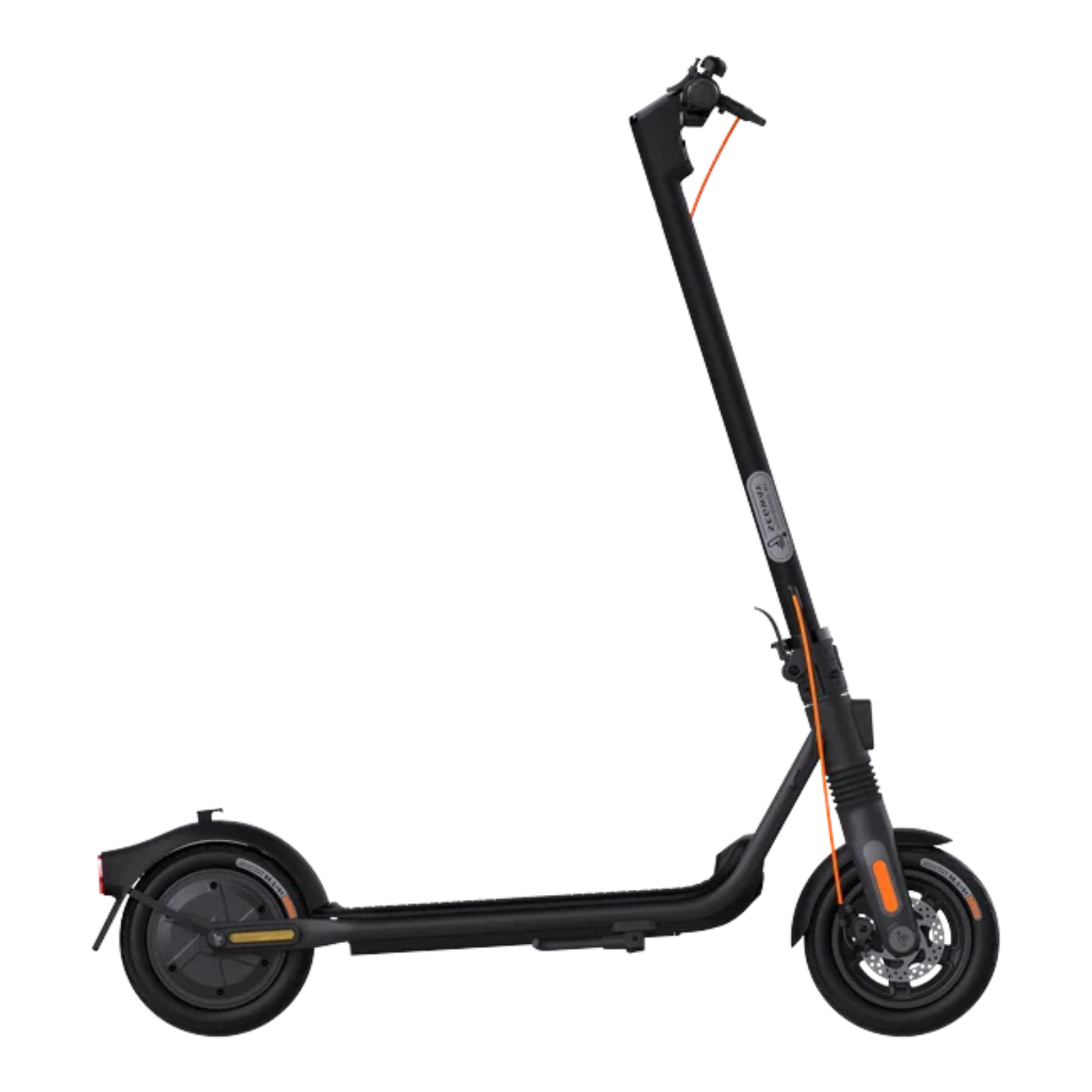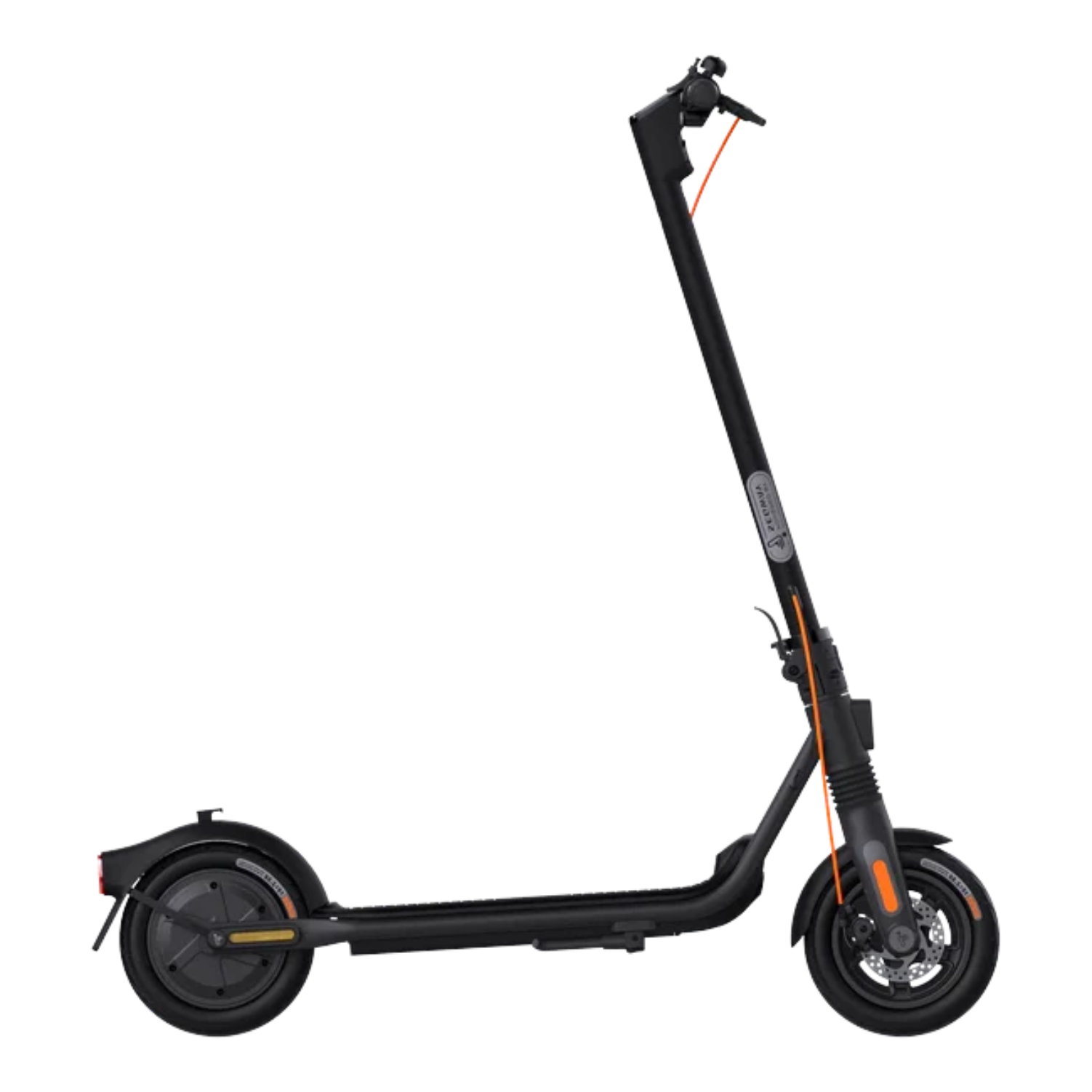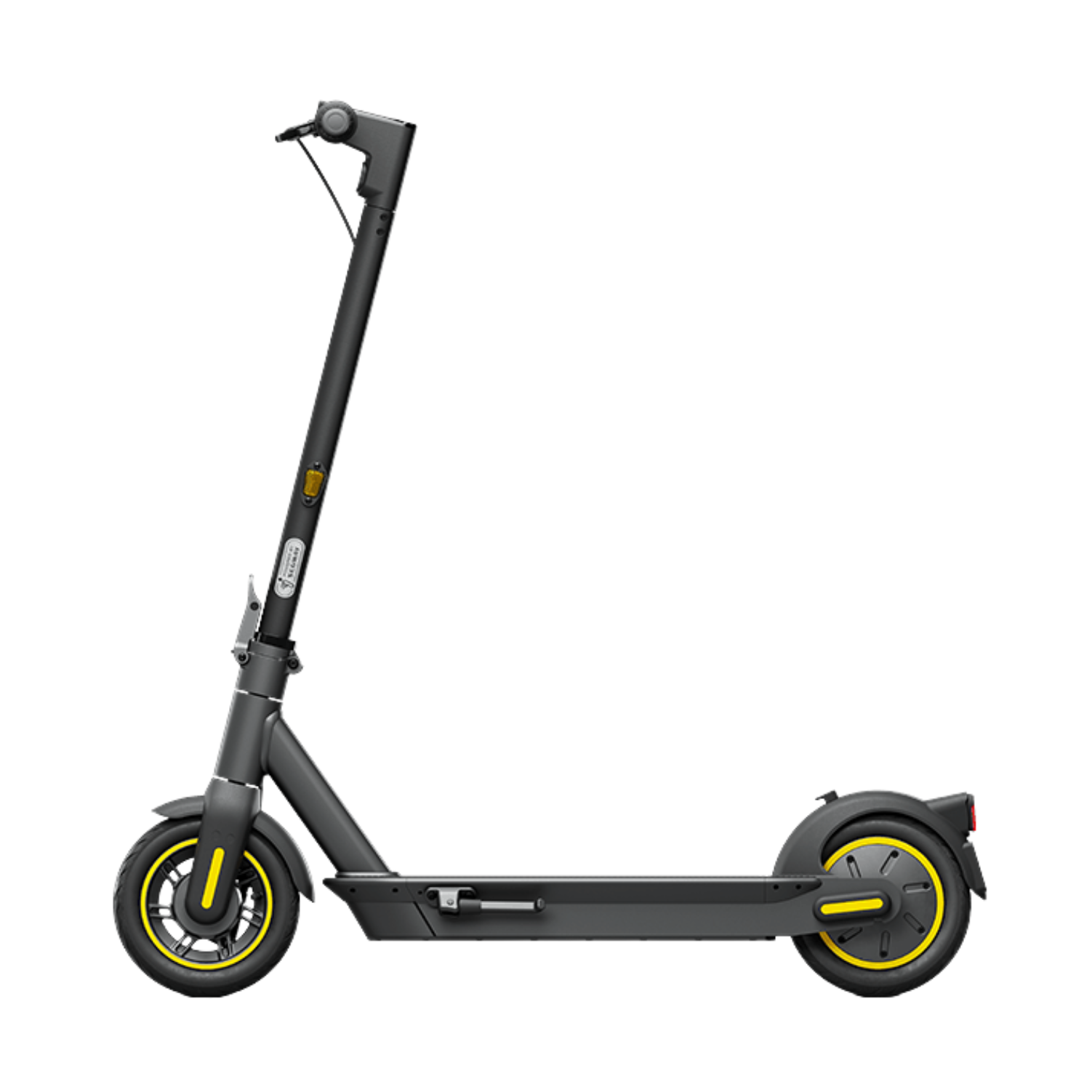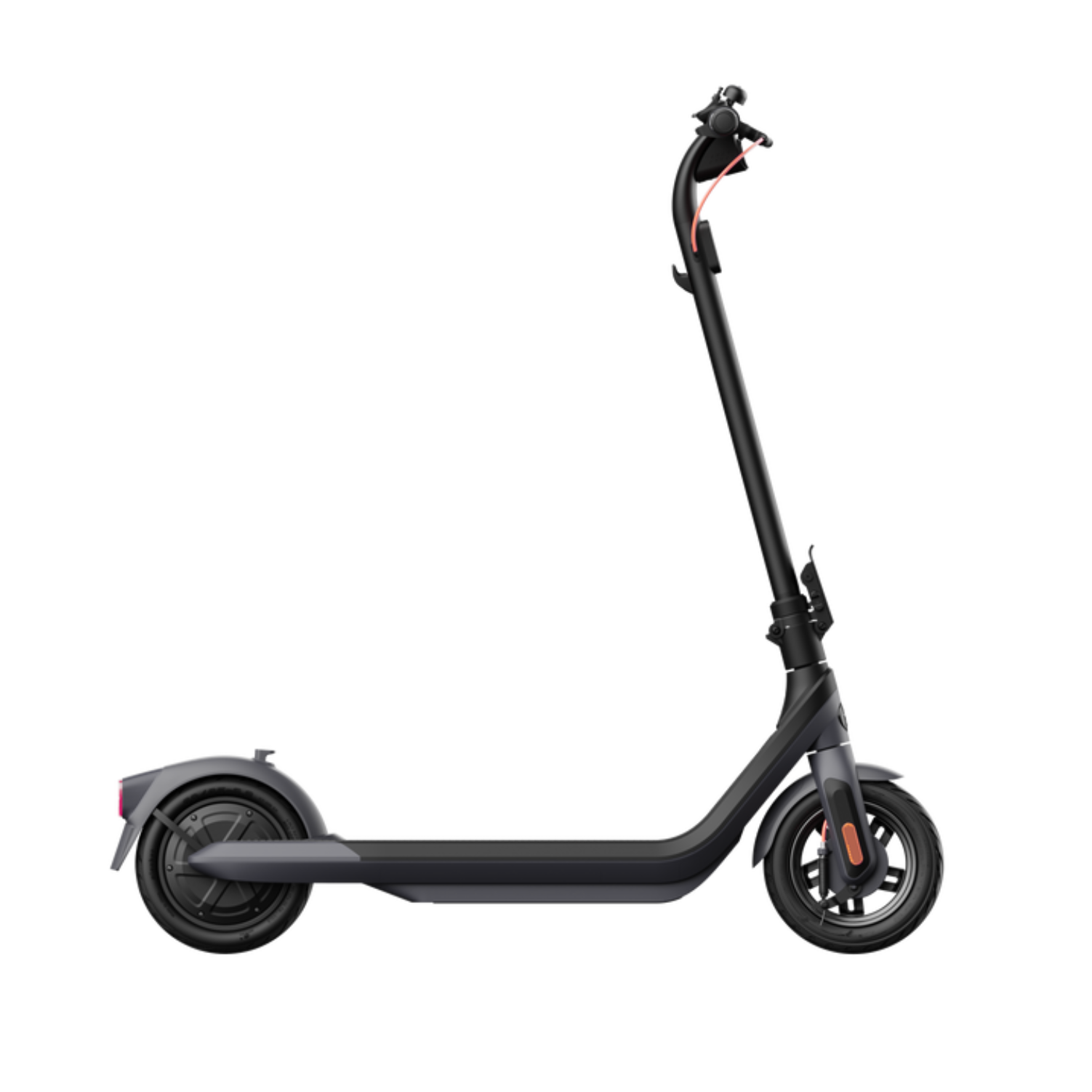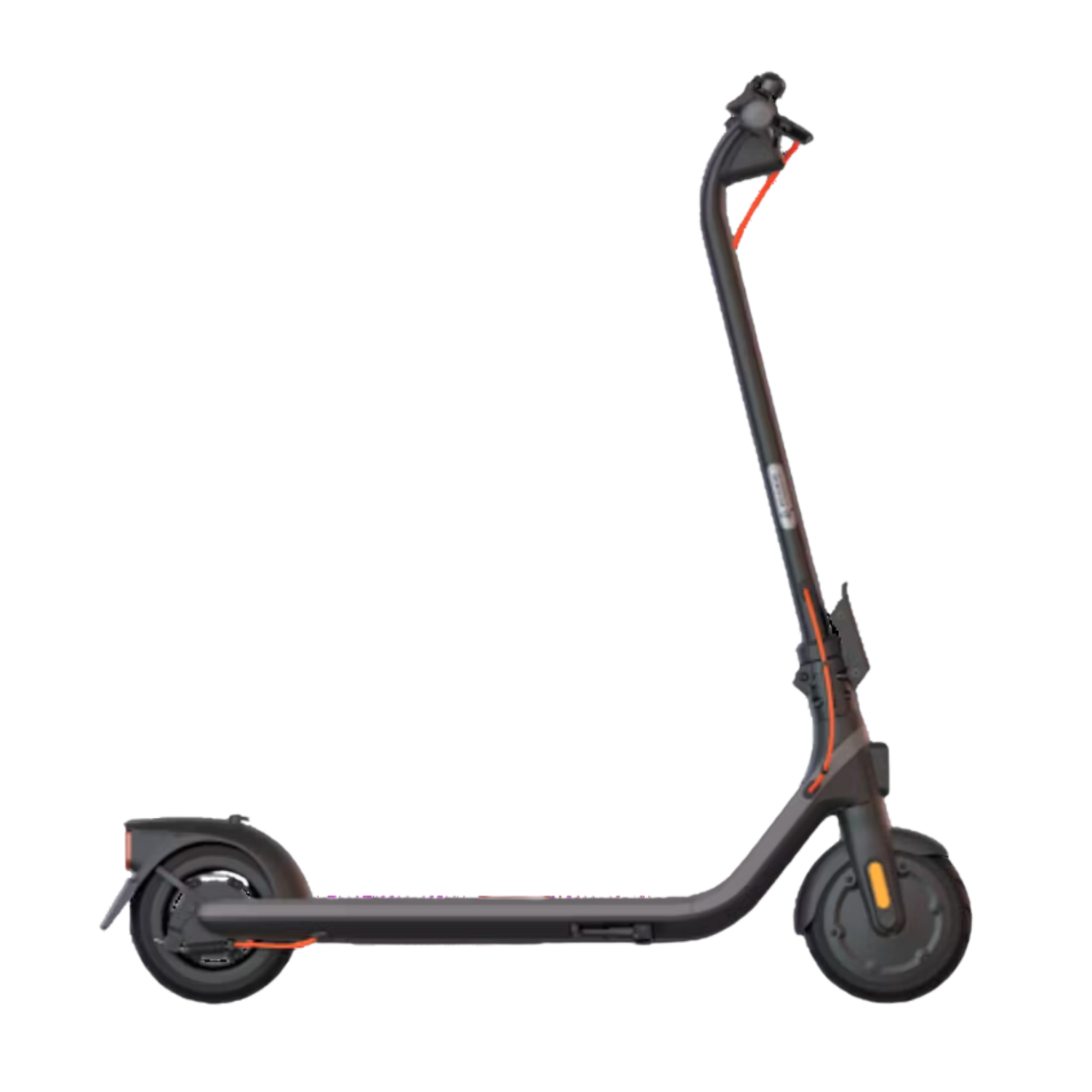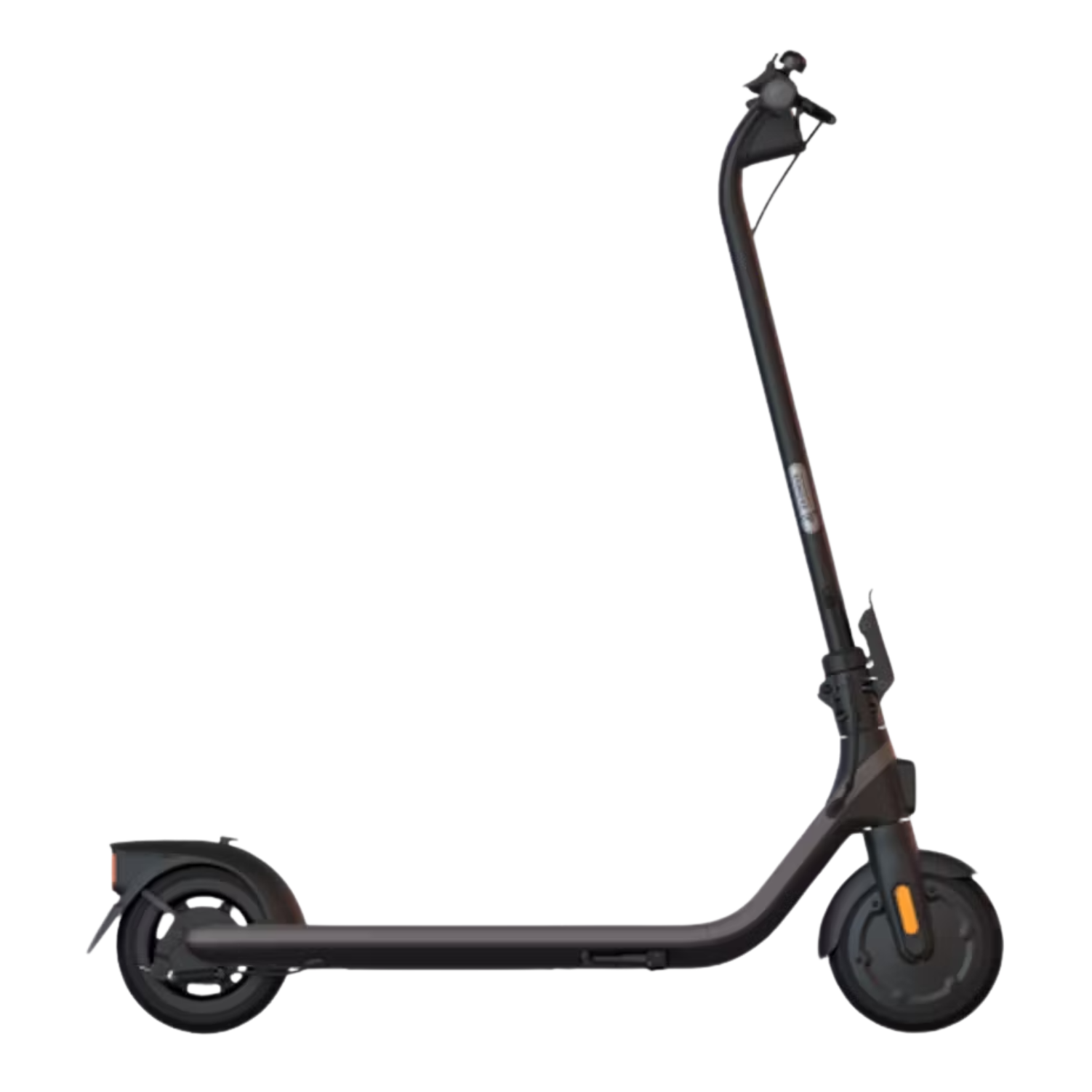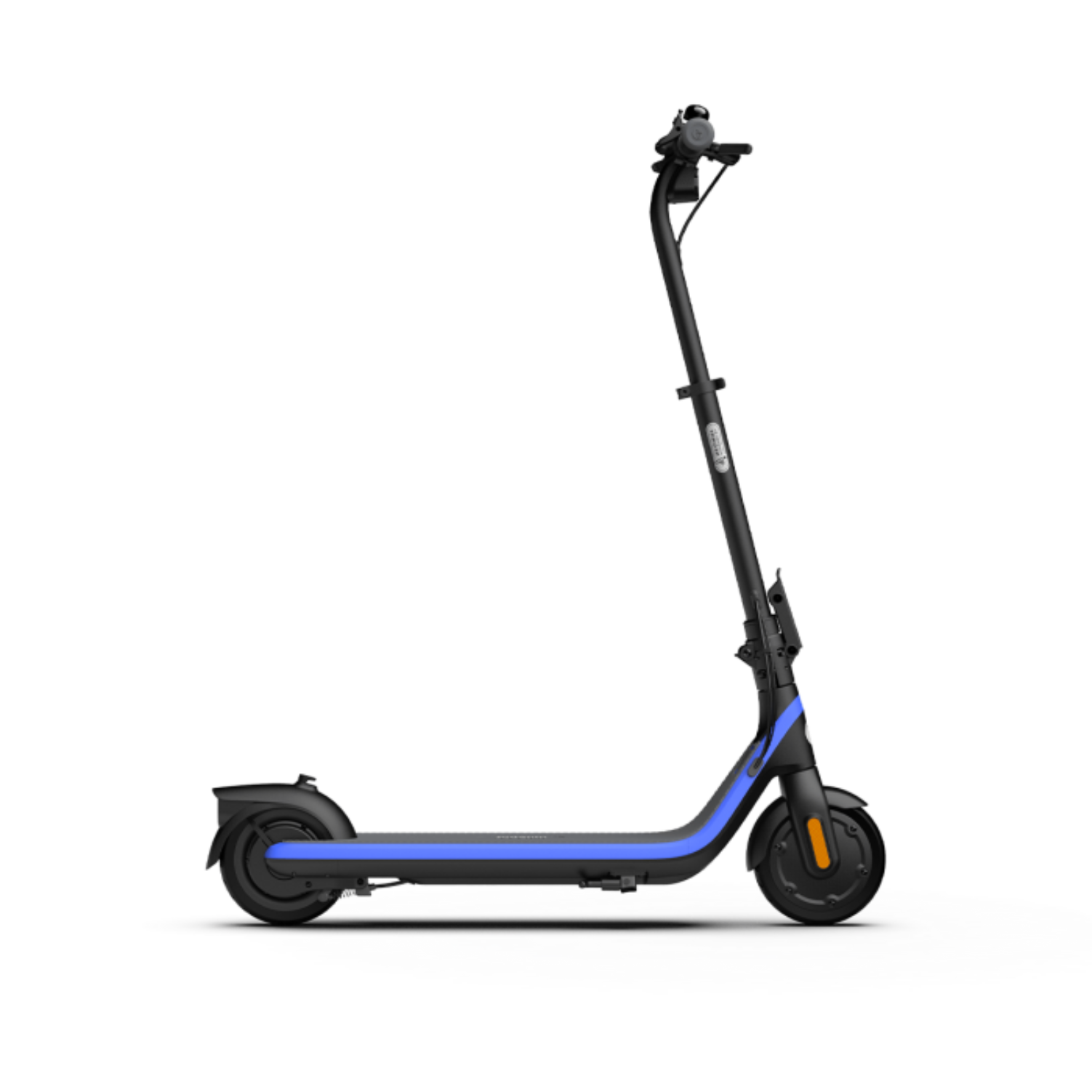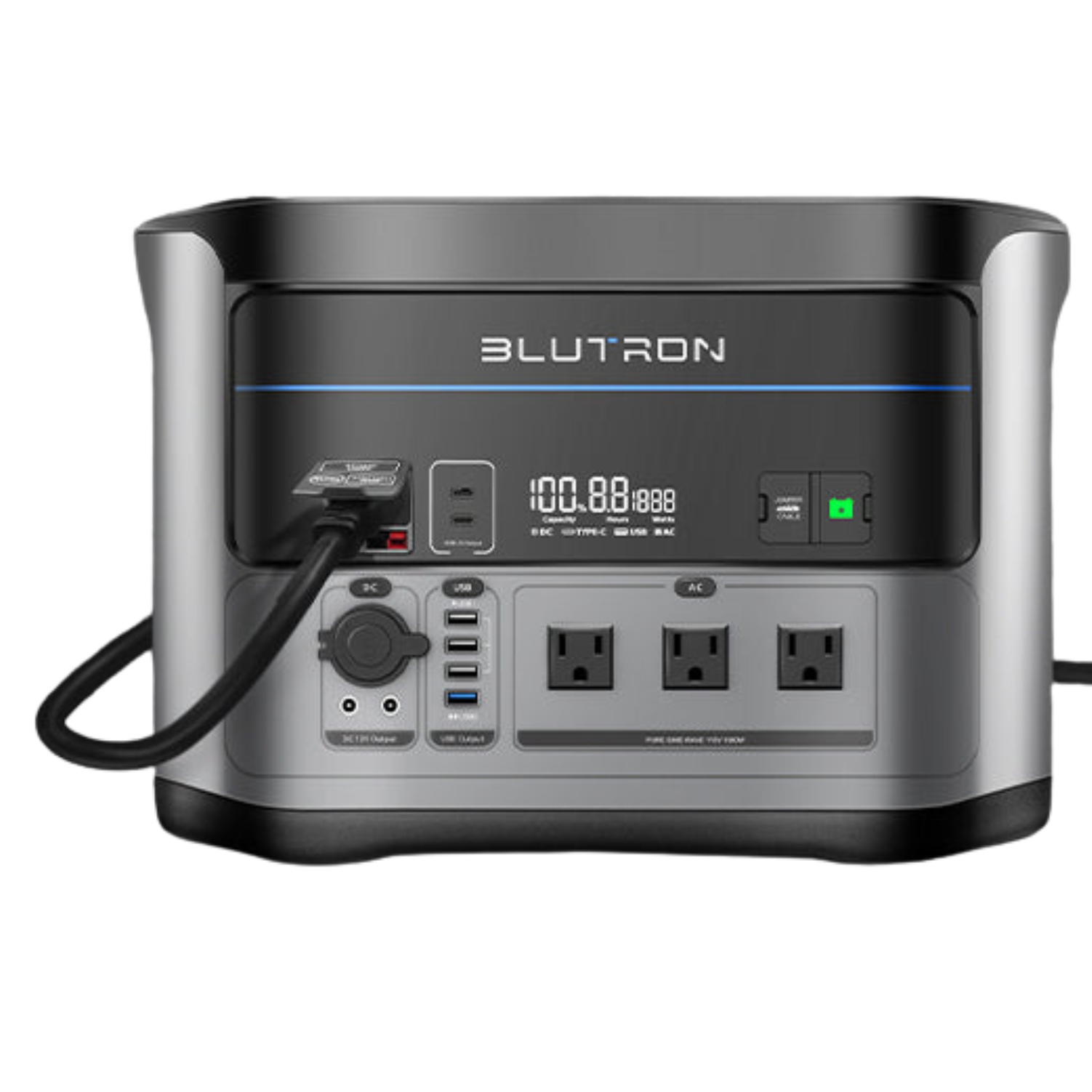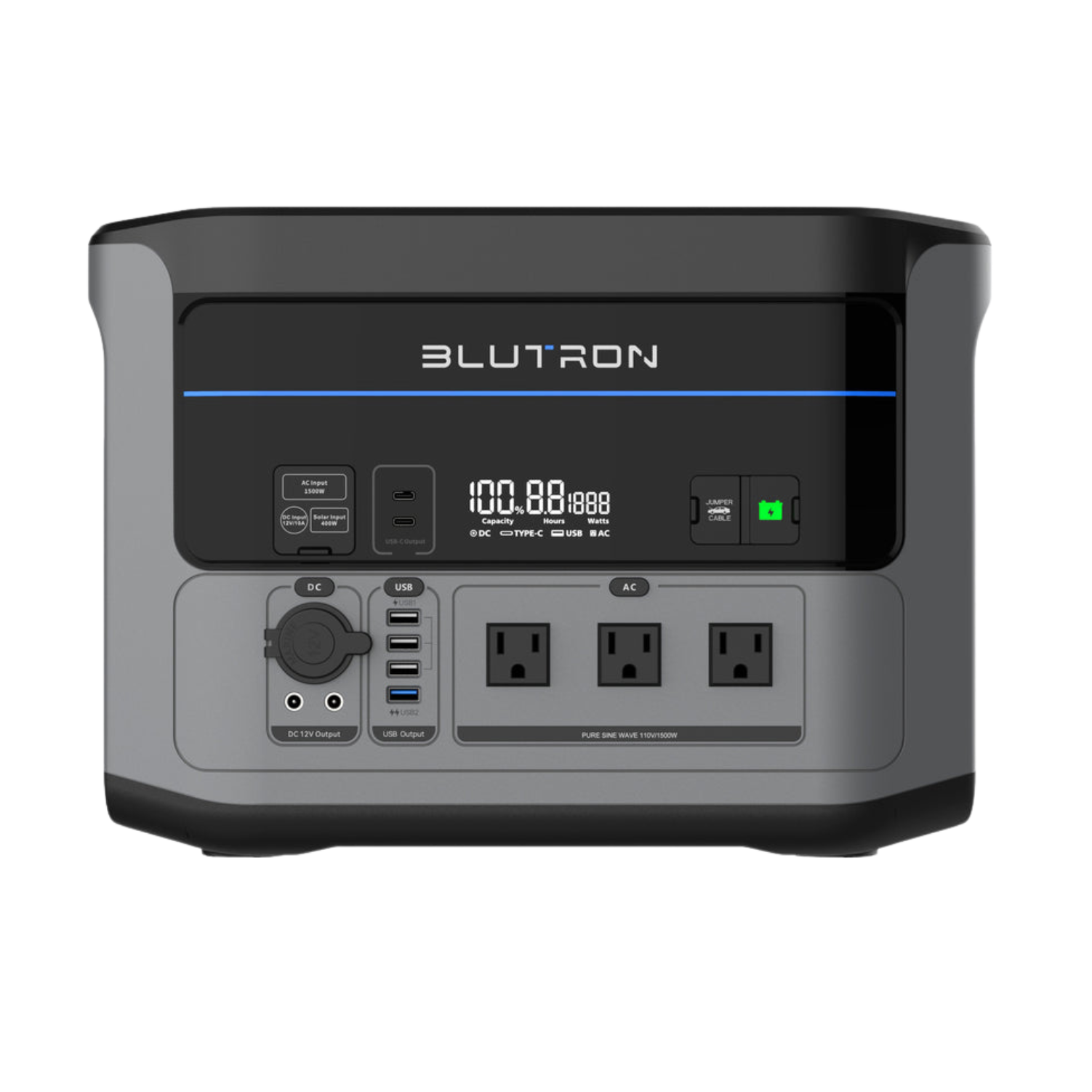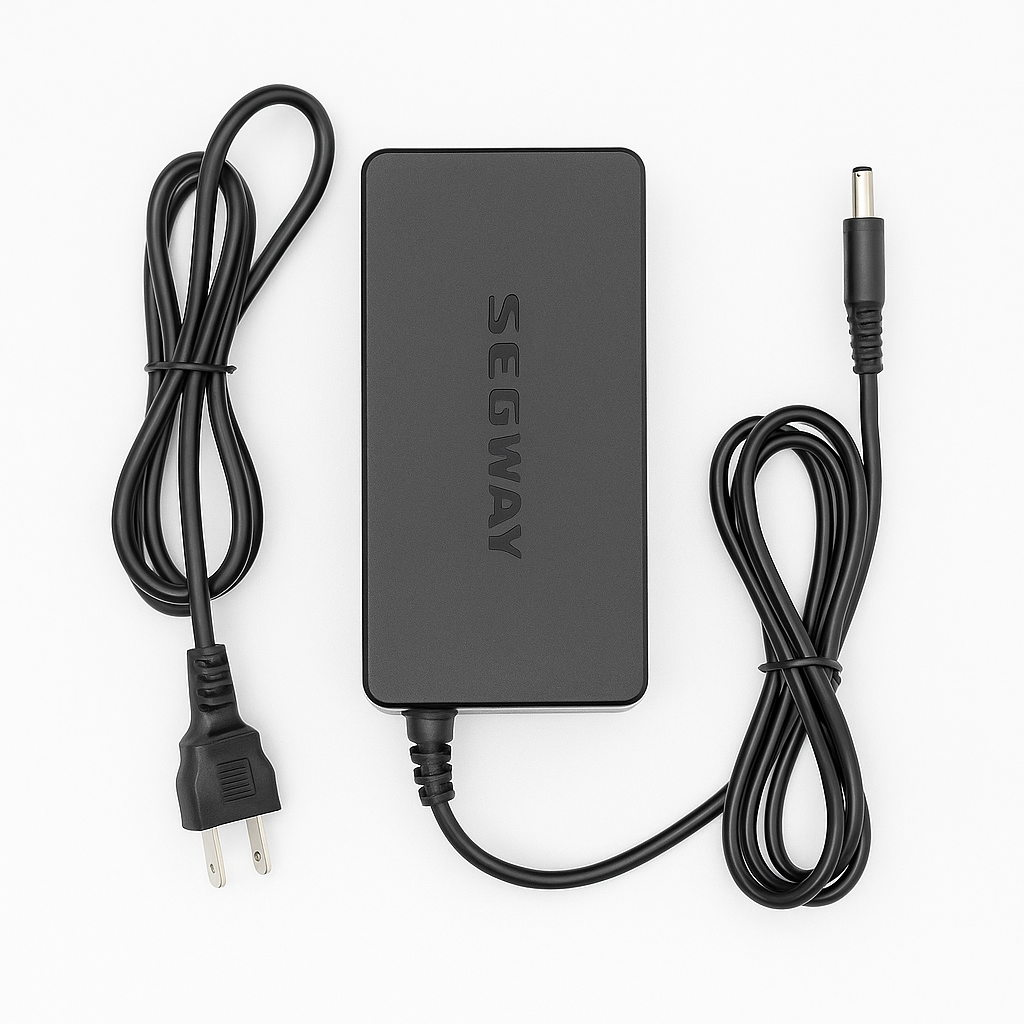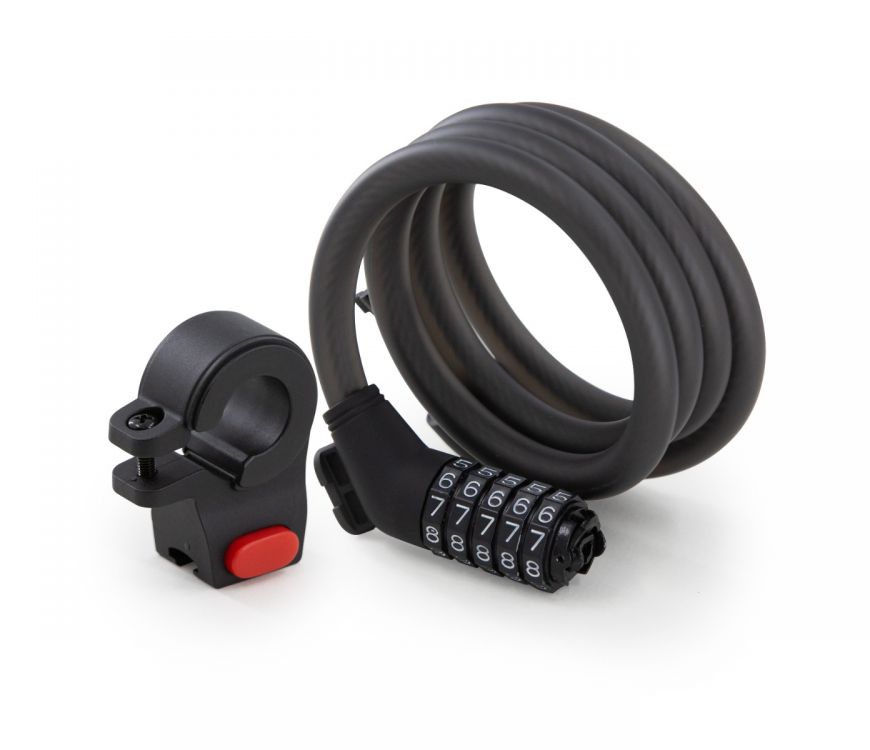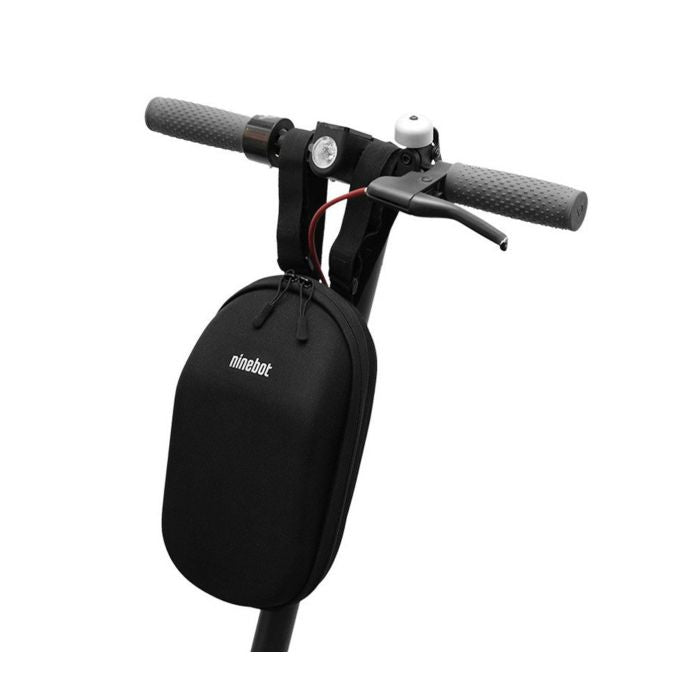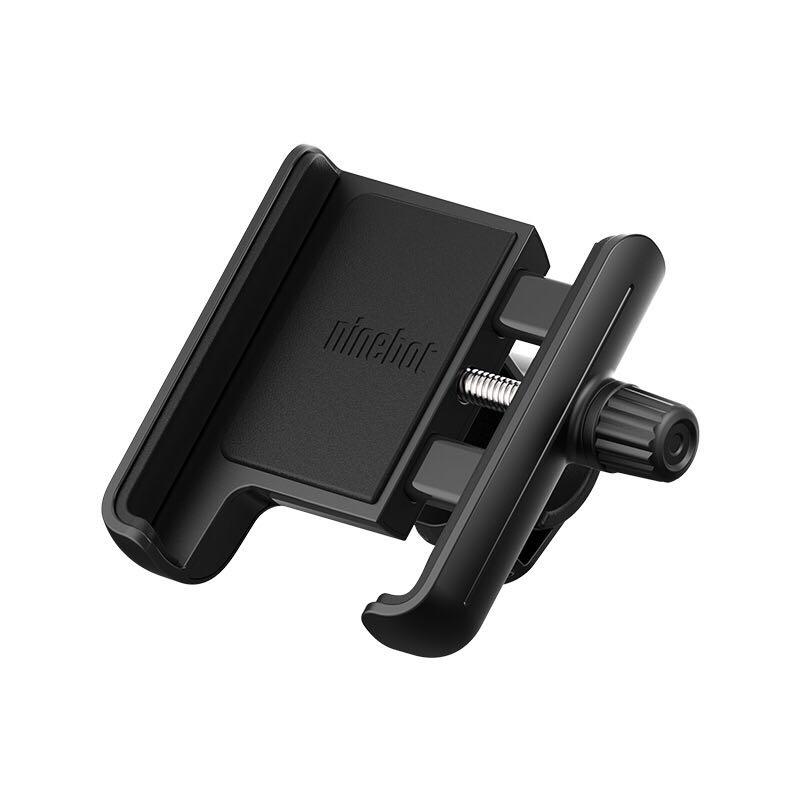The Future of E-Bike & E-Scooter Battery Tech: What Canadian Riders Need to Know (2025)
When choosing an electric bike or electric scooter, the question most riders ask is simple: how good is the battery? A strong battery defines how far you’ll travel, how powerful the ride feels, and how reliable your experience will be. Without it, even the best motor or frame won’t deliver.
At Knotty Electrics, we know the battery is the heart of every ride. By understanding today’s battery technology—and where it’s headed—you’ll make smarter choices and enjoy long-term value from your e-bike or scooter.
Why Battery Technology Matters
The battery is more than just an energy source—it’s the backbone of your ride. Riders who choose better battery tech benefit from:
- Longer range – travel further on a single charge.
- Faster charging – less downtime, more riding.
- Safety features – advanced management systems protect against overheating and short circuits.
- Durability – more charge cycles means better value over the years.
- Sustainability – newer chemistries focus on eco-friendly, recyclable designs.
With Canadians using e-mobility for commuting, errands, and recreation, investing in a reliable battery isn’t just smart—it’s essential.
Understanding Battery Types
Not all batteries are created equal. Here’s how the main chemistries stack up:
- Lithium-Ion (NMC/NCA): The standard for most e-bikes and scooters. High energy density, proven performance, widely available.
- Lithium Iron Phosphate (LFP): Safer and longer-lasting, with lower fire risk—ideal for riders who prioritize stability and reliability.
- Sodium-Ion: An emerging option, especially in scooters. Affordable, sustainable, and less resource-intensive, though with lower energy density.
- Solid-State: The next frontier. Promises faster charging and greater safety, but still early in development.
Authorized Dealer Shop confidently knowing all products at Knotty Electrics are genuine, with full Canadian manufacturer warranties and support.
How to Read Battery Specs
On product pages, you’ll see specs like 36V 10Ah or 48V 15Ah. Here’s how to break them down:
- Voltage (V): Impacts speed and acceleration.
- Amp-hours (Ah): Indicates battery capacity, or “fuel tank size.”
- Watt-hours (Wh): Voltage × Amp-hours = total energy. This is the best measure of range.
Example: a 36V 10Ah (360Wh) scooter may provide 30–40 km, while a 48V 15Ah (720Wh) e-bike could deliver 60–80 km, depending on terrain, speed, and rider weight. For daily commuters, higher capacity means fewer charges and longer lifespan.
Battery Lifespan and Care
Most lithium-ion batteries last 3–5 years, or 500–1,000 full charge cycles. The exact lifespan depends on usage habits:
- Daily riders may see 2–3 years before noticeable decline.
- Moderate riders can enjoy 4–5 years of use.
- Maintaining mid-range charge (20–80%) extends lifespan further.
Models like the Velotric Discover 2 use high-capacity batteries designed for long Canadian commutes, giving riders up to 88 km per charge with proper care.
Safety and Charging Tips
Protecting your battery means safer rides and lower costs. Follow these essentials:
- Recharge before dropping below 20%.
- Use only manufacturer-approved chargers.
- Unplug after charging—most smart chargers cut off automatically.
- Store batteries indoors during extreme Canadian winters.
- Inspect regularly for swelling, cracks, or other damage.
We recommend browsing our certified accessories for safe, efficient charging solutions.
The Future of Battery Tech
Battery innovation is moving quickly, with exciting breakthroughs on the horizon:
- Swappable batteries: Already popular in Asia—carry spares and swap in seconds for unlimited range.
- Higher-density cells: Deliver more range without adding weight.
- Solid-state technology: Safer, faster charging, and longer life once mass adoption becomes affordable.
- Eco-focused designs: Recyclable materials and second-life use for worn batteries.
At Knotty, we’re committed to bringing Canadian riders the latest long-range e-bikes and extended-range scooters built with next-gen battery systems.
FAQ: E-Bike & E-Scooter Batteries
How long do e-bike batteries last?
Most last 3–5 years with proper care, or 500–1,000 charge cycles. Charging habits and climate play a big role in lifespan.
Can I replace an e-scooter battery?
Yes. Most models allow battery replacement. We recommend professional installation or using OEM parts to maintain safety.
How far can I go on one charge?
Ranges vary by model. Scooters average 25–40 km, while e-bikes can reach 60–100 km depending on capacity and riding conditions.
What’s the best way to charge my battery?
Avoid draining to 0%, keep charge between 20–80% when possible, and always use the included charger.
Are e-bike and scooter batteries safe?
Yes. Modern lithium-ion and LFP batteries include built-in safety protections. Issues usually arise only with non-certified chargers or damaged packs.
Ride Smart with Knotty Electrics
Ready to experience the latest in battery-powered e-mobility? Explore our collections today or email us at info@knottyelectrics.ca for personalized recommendations.
⚡ Stock moves quickly—secure your next e-bike or scooter now and enjoy fast Canadian shipping with full manufacturer warranty support.
Message sent
Thanks for your message
We got all the information you previously typed and if all is okay, you’ll receive an answer in 24 - 48 hours.


